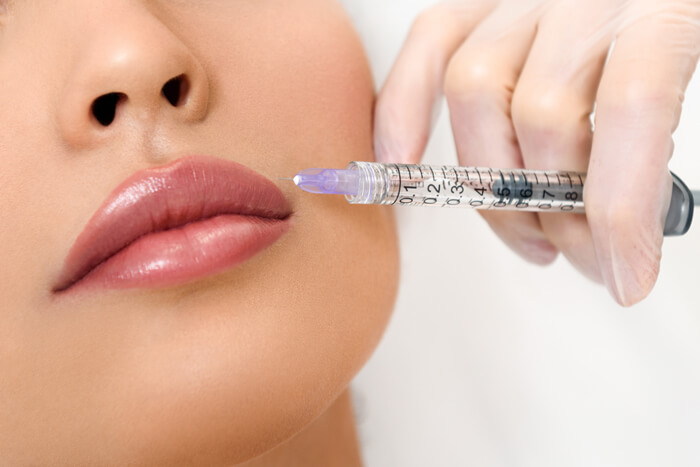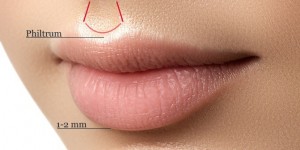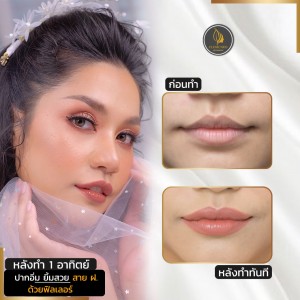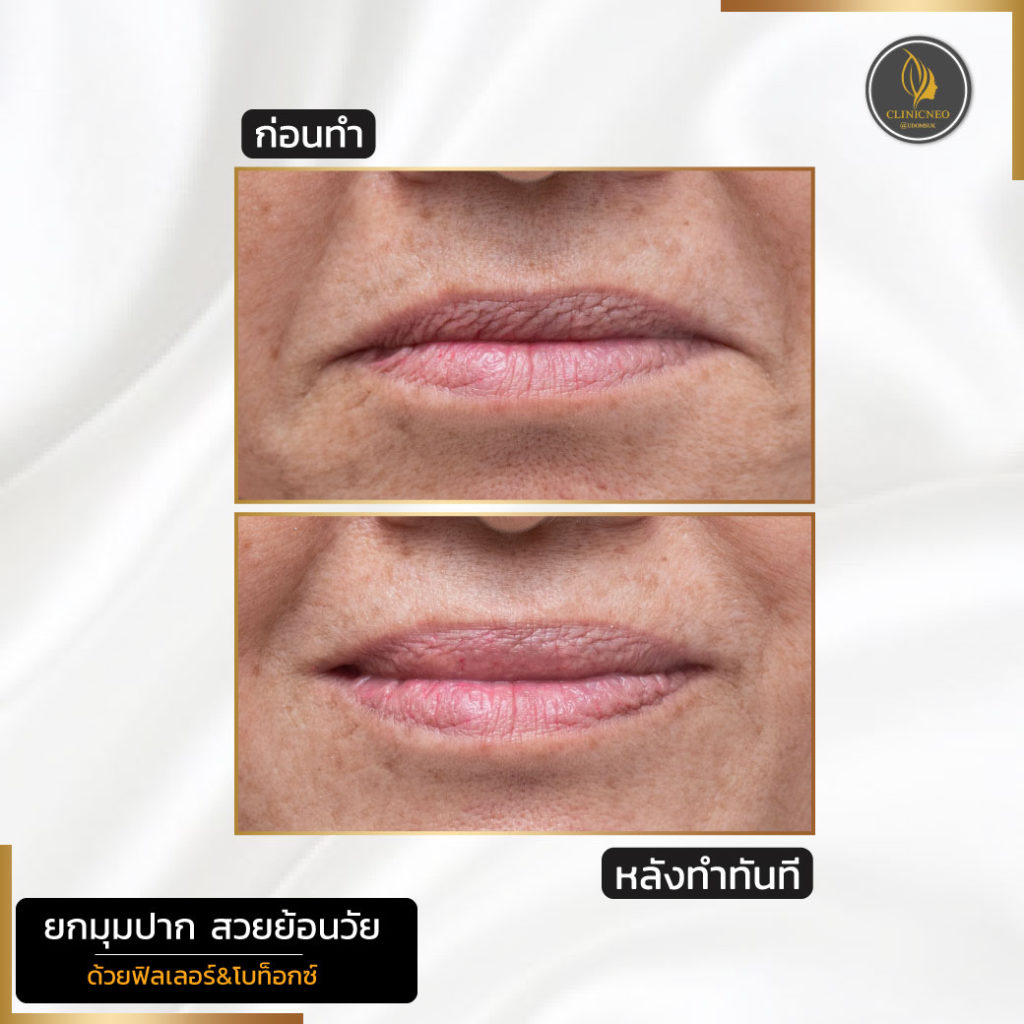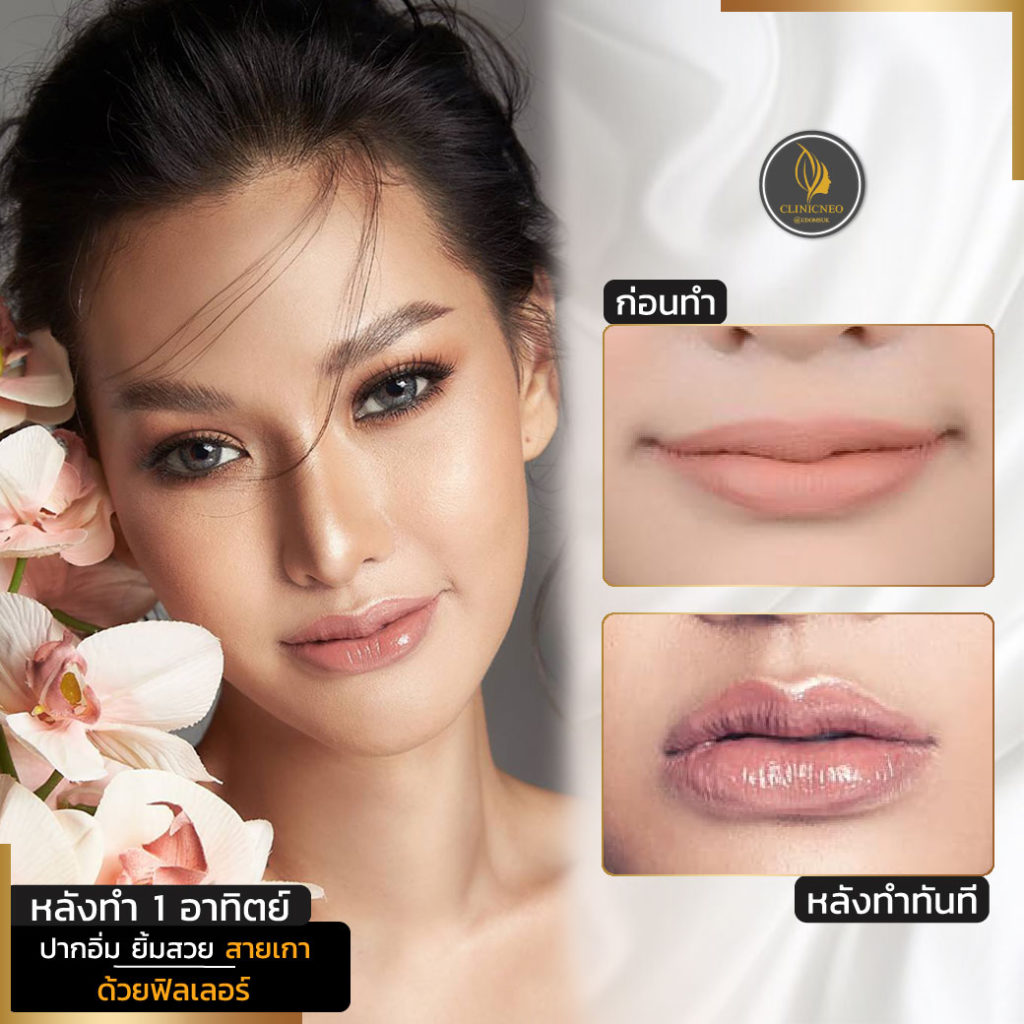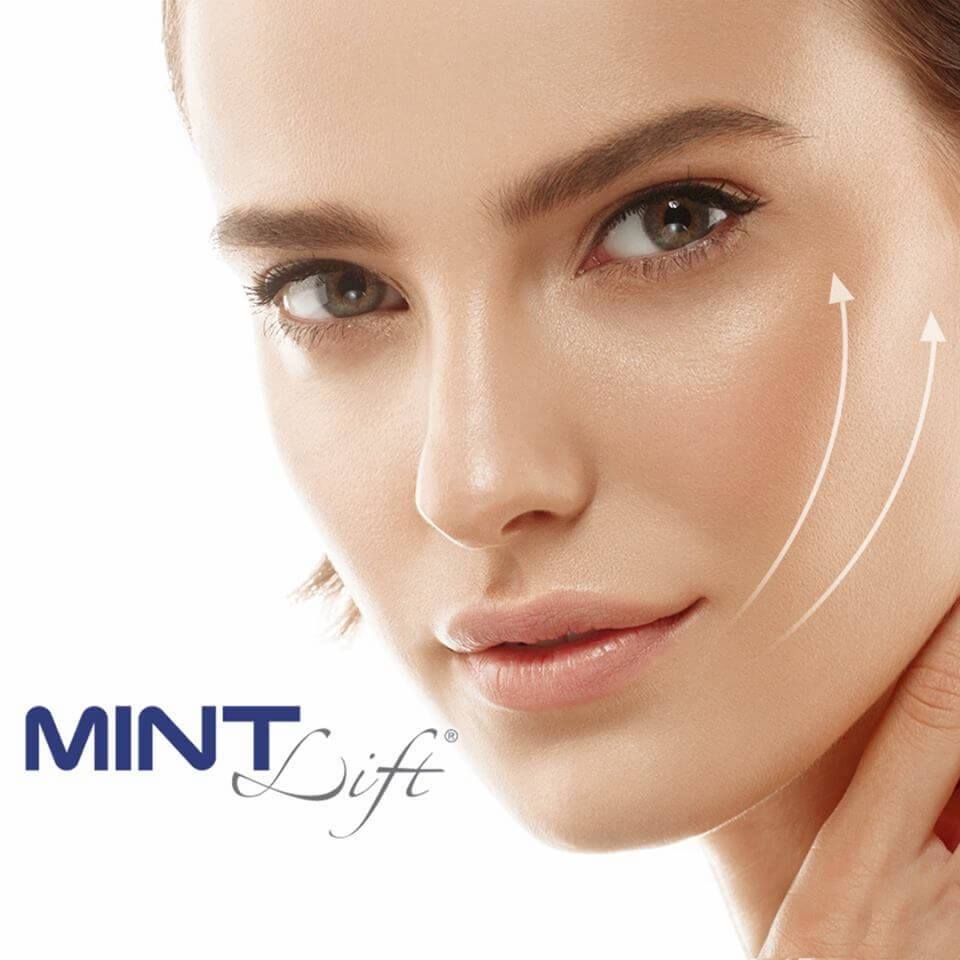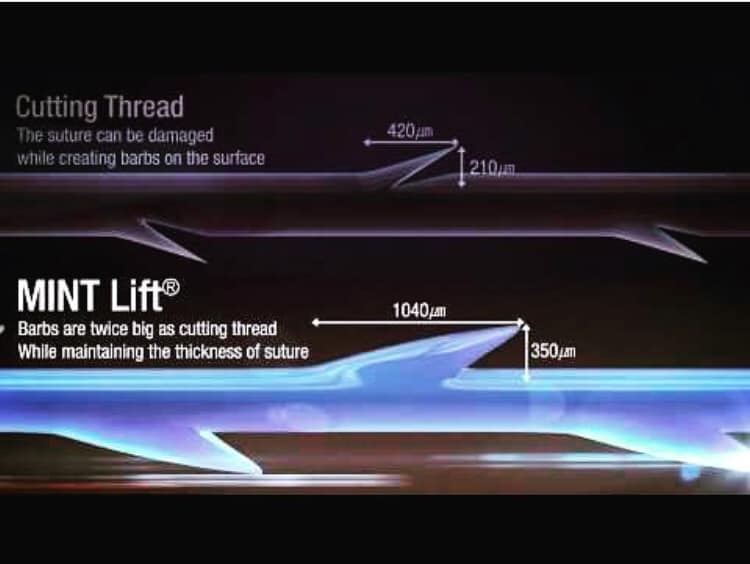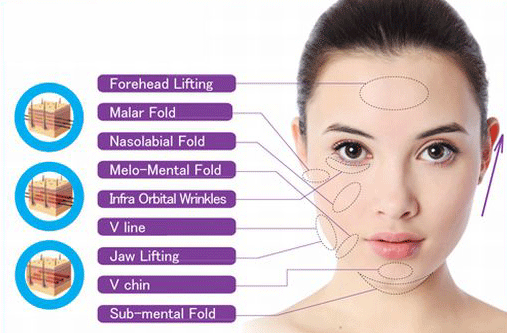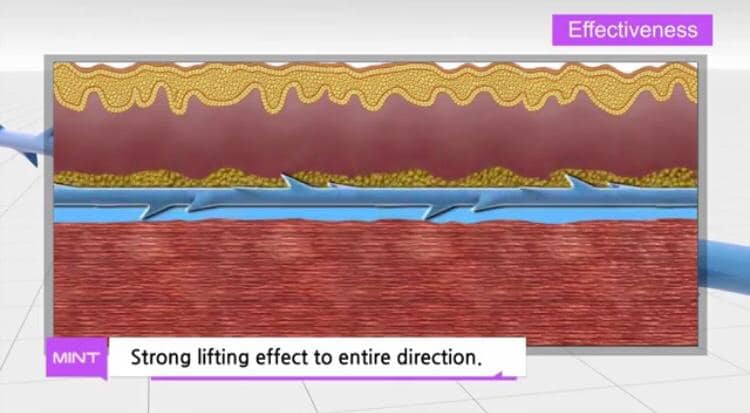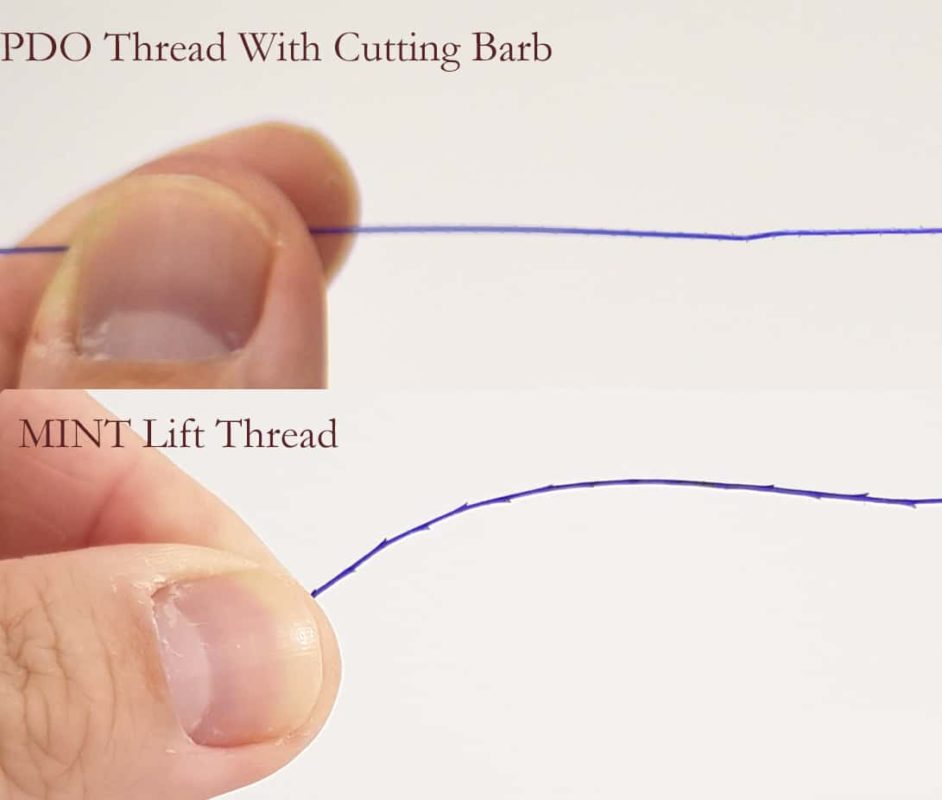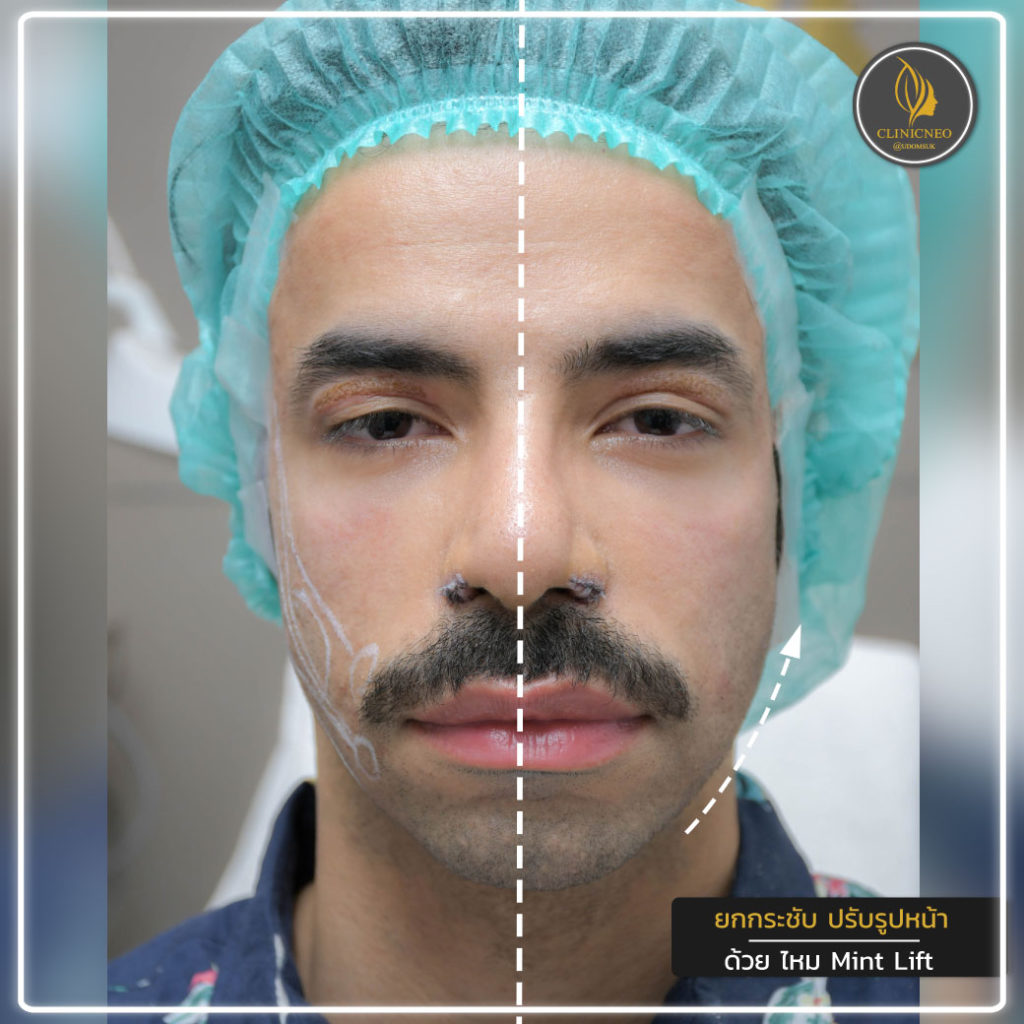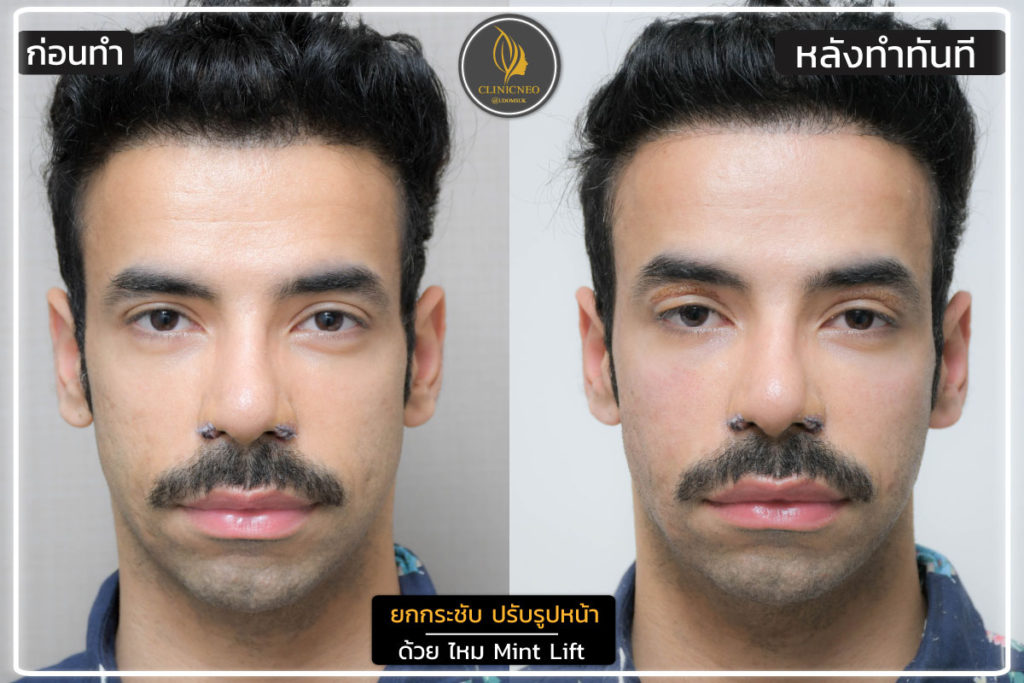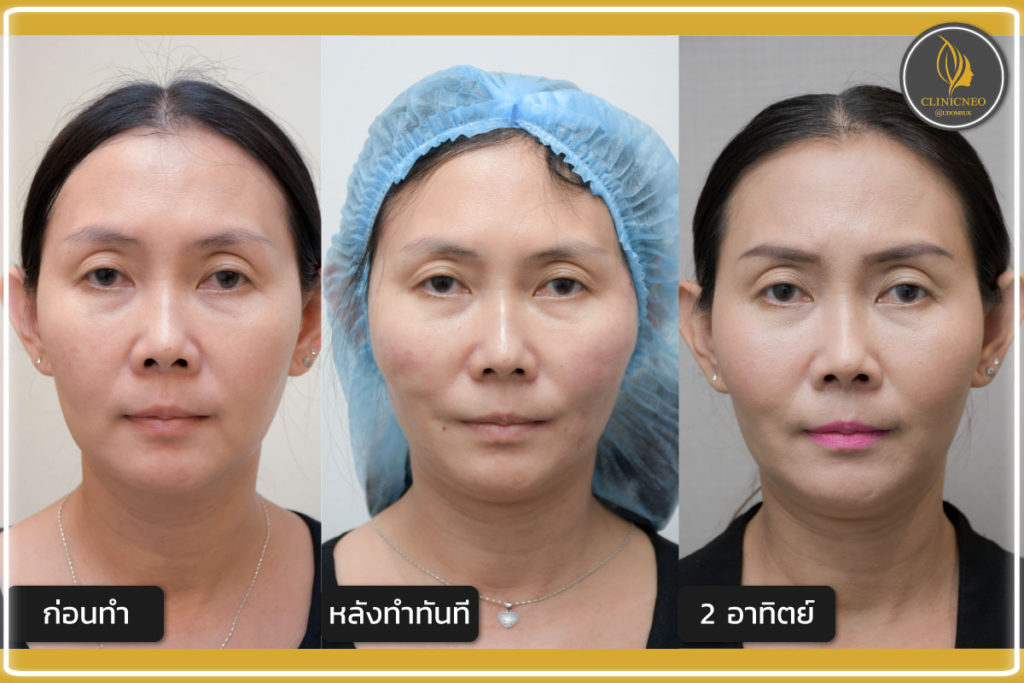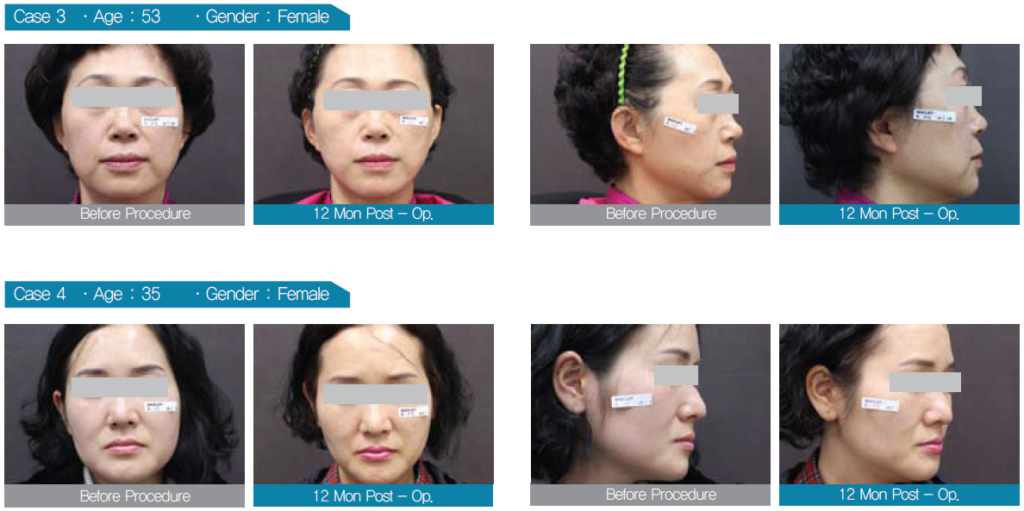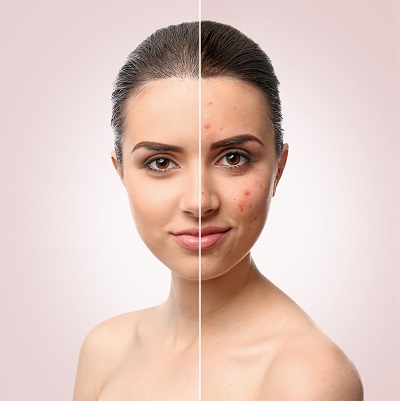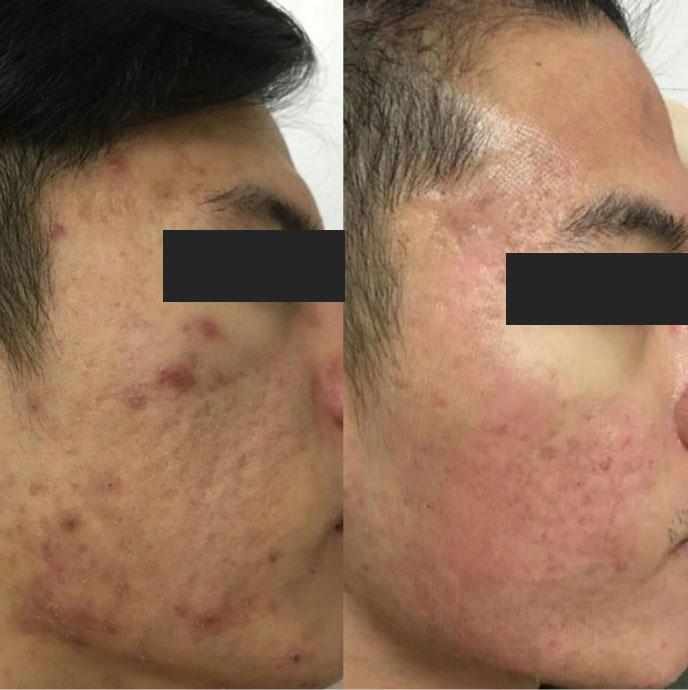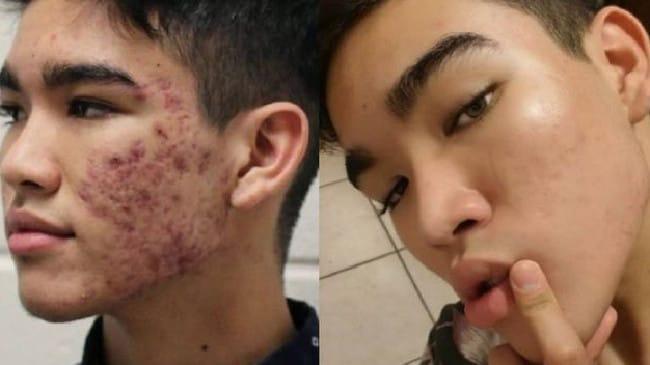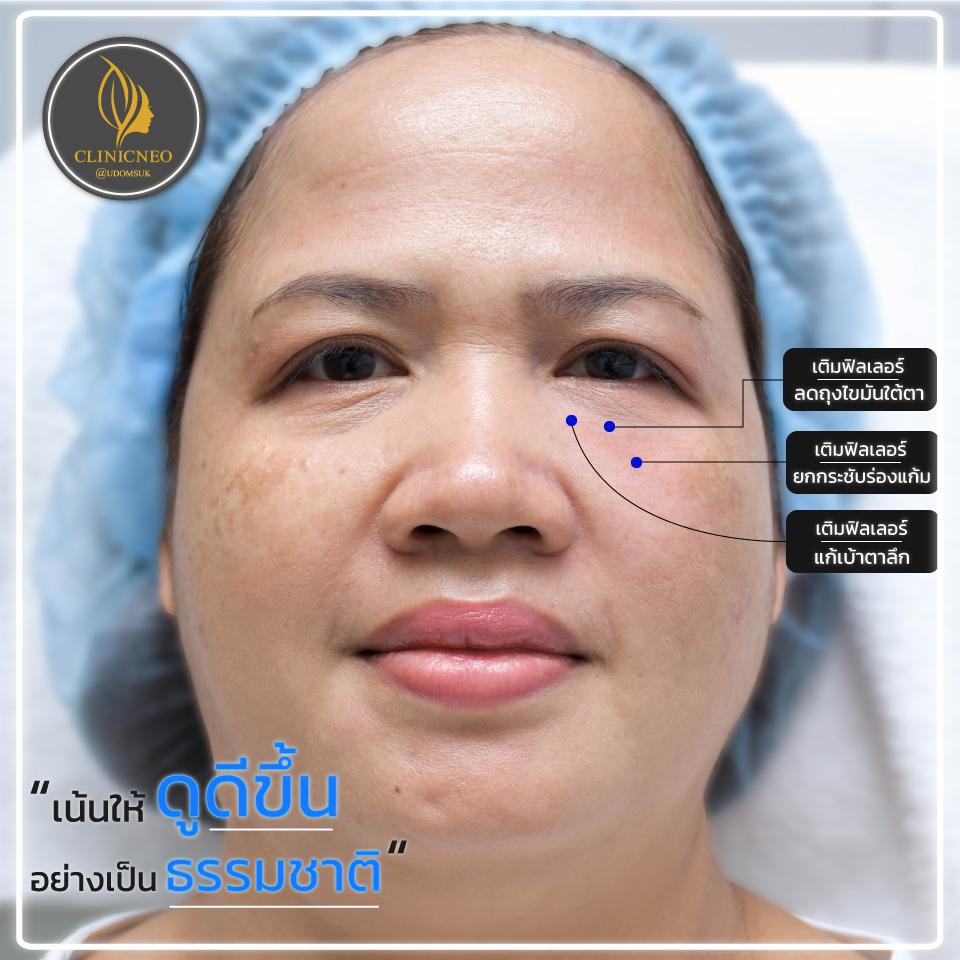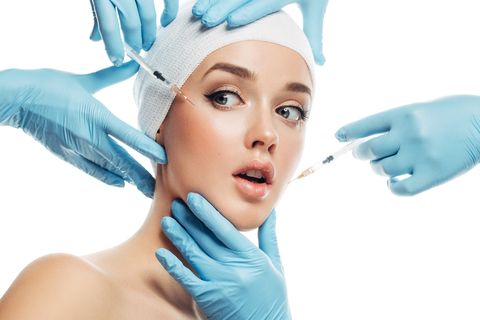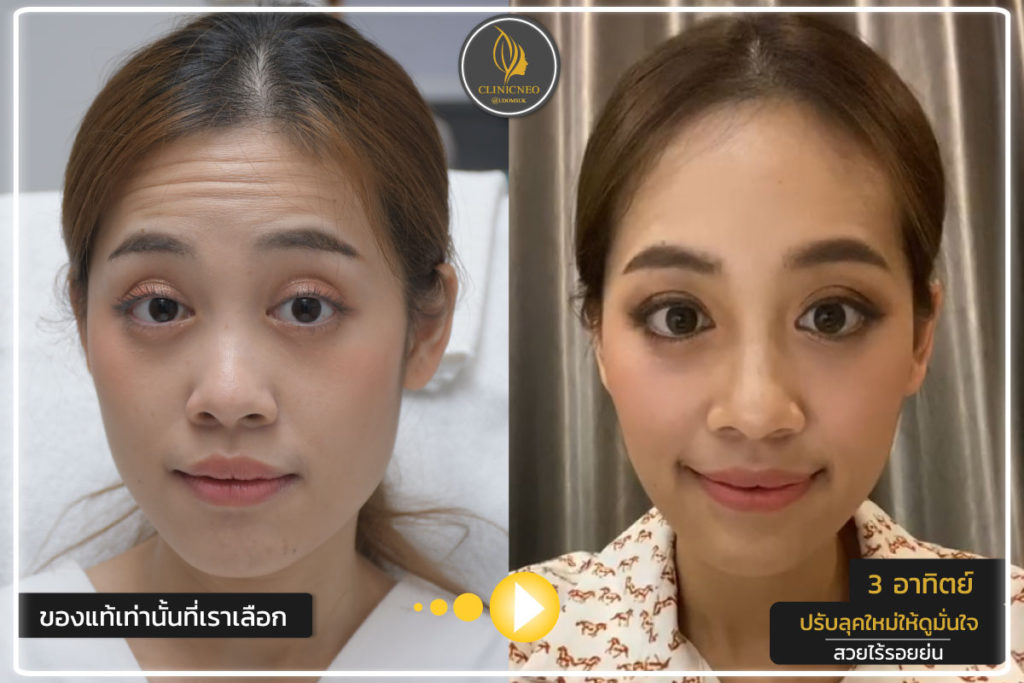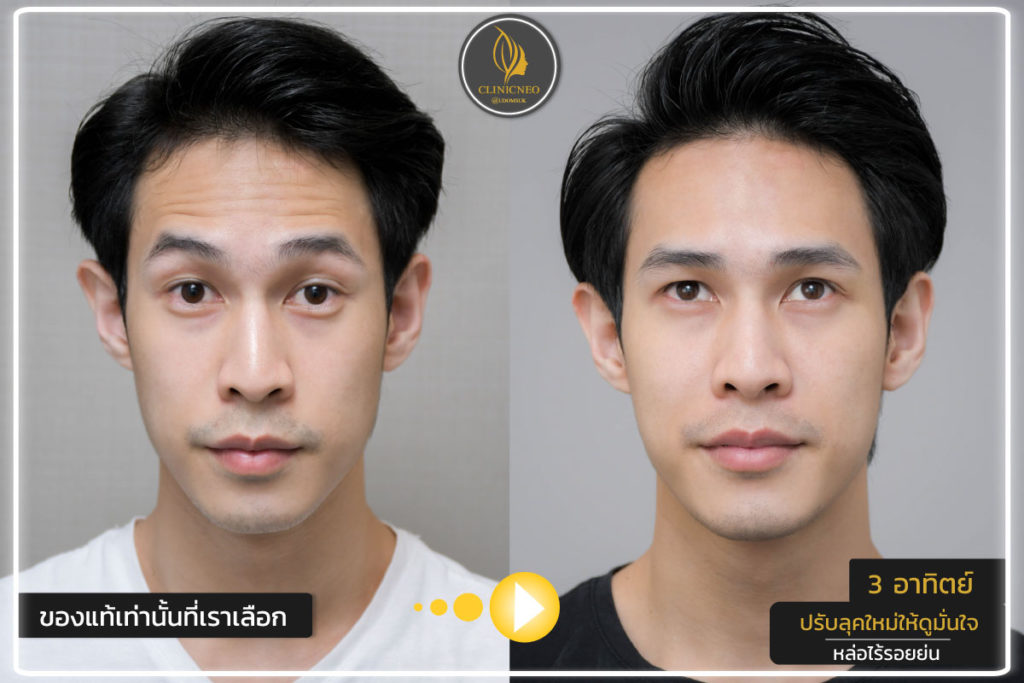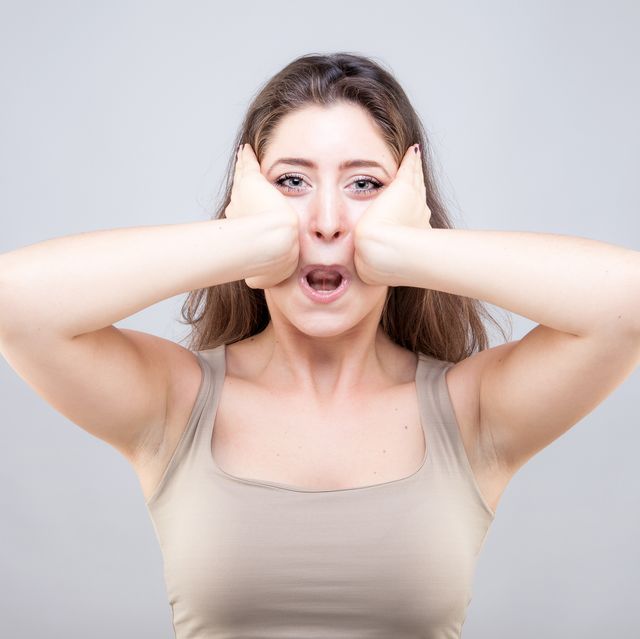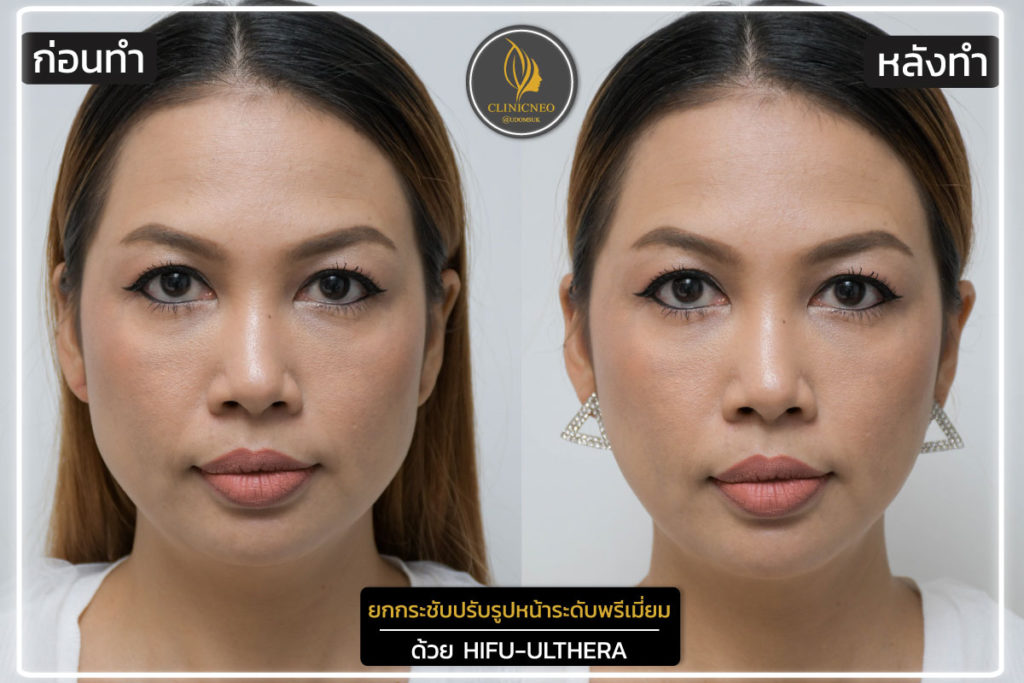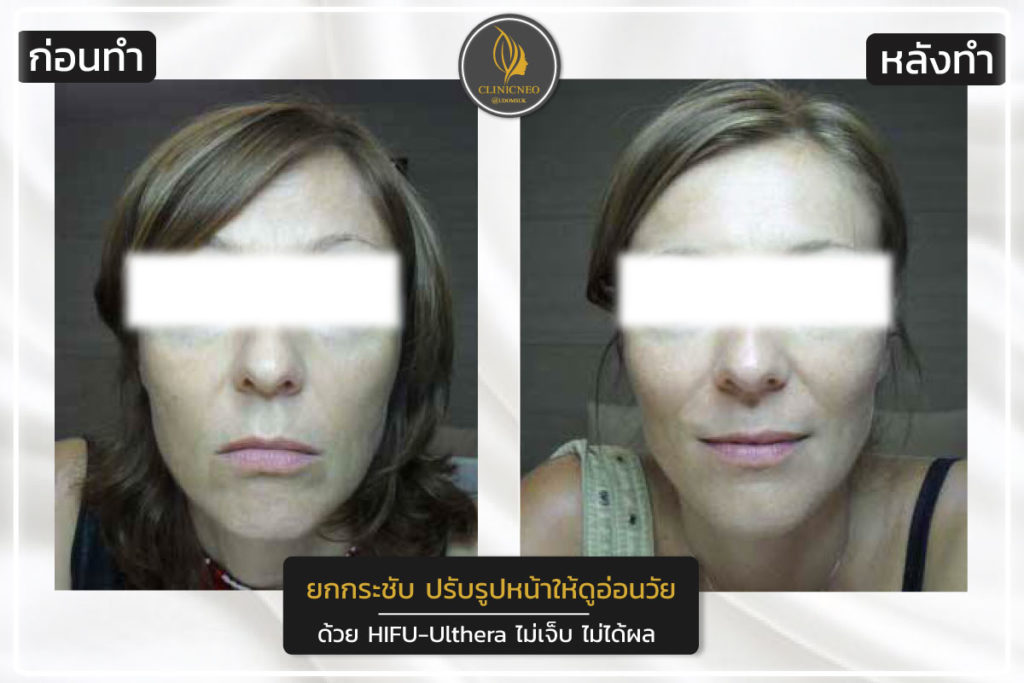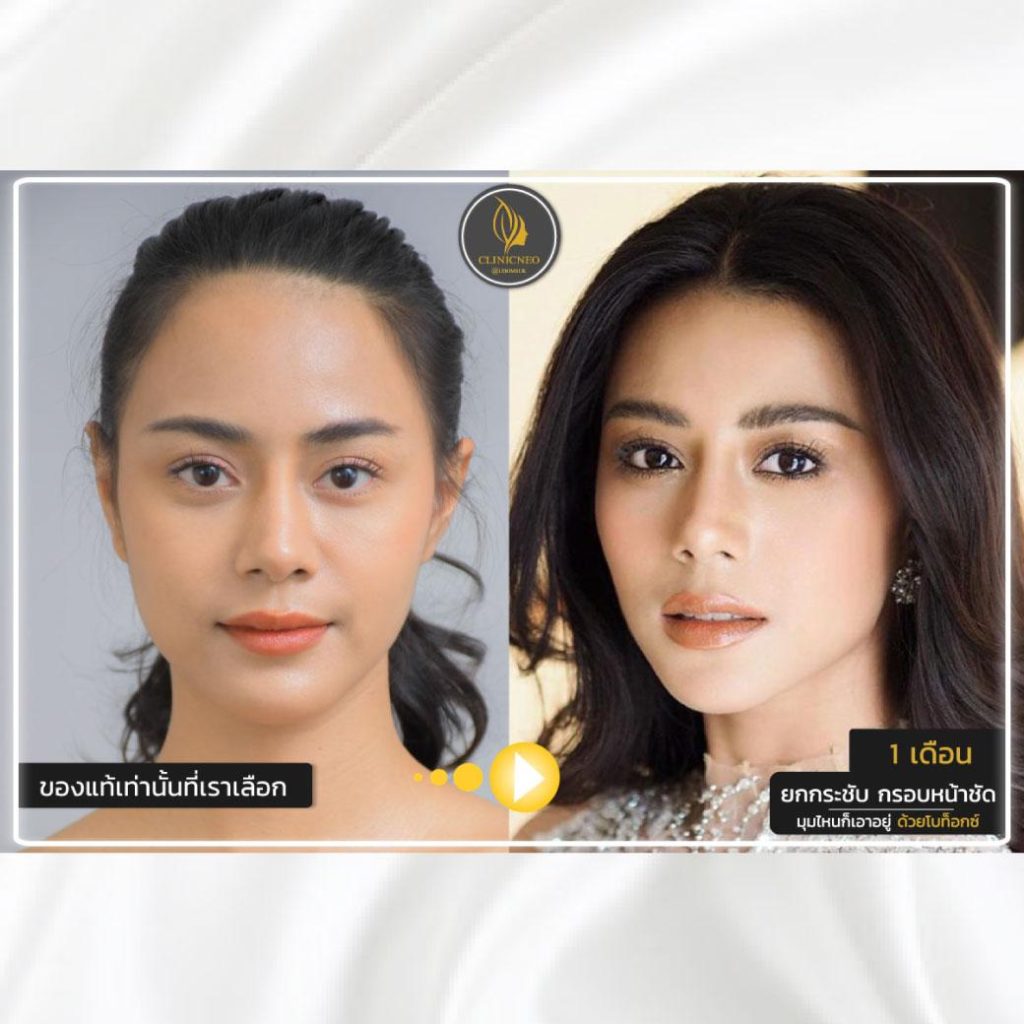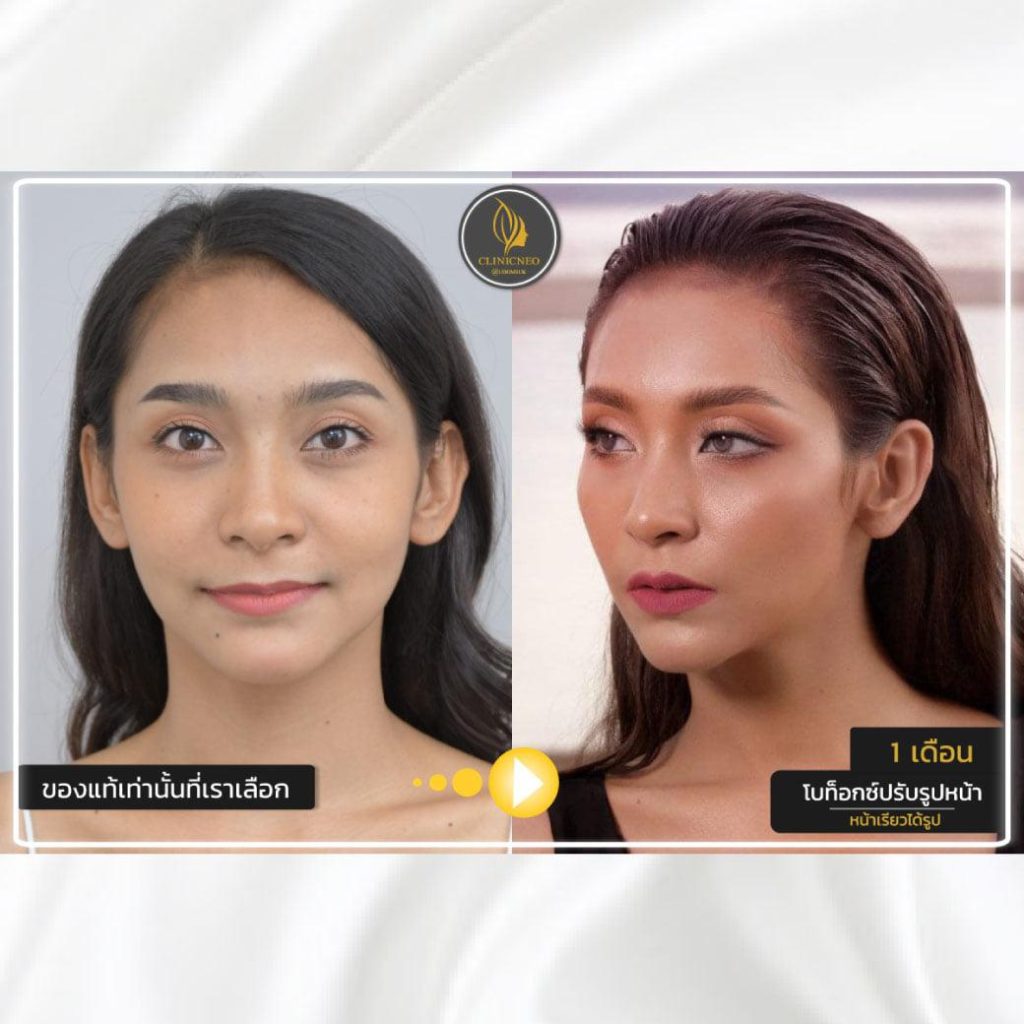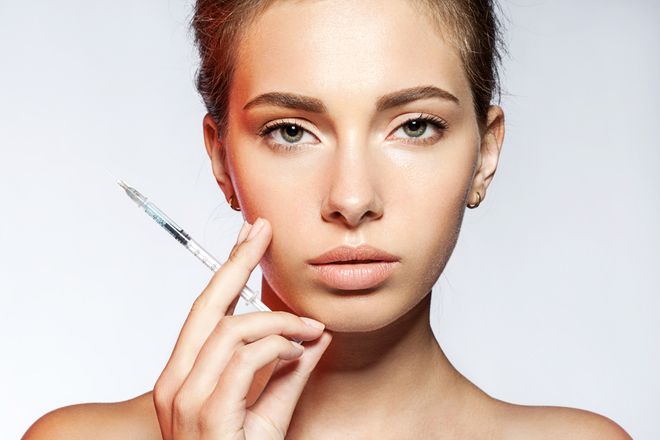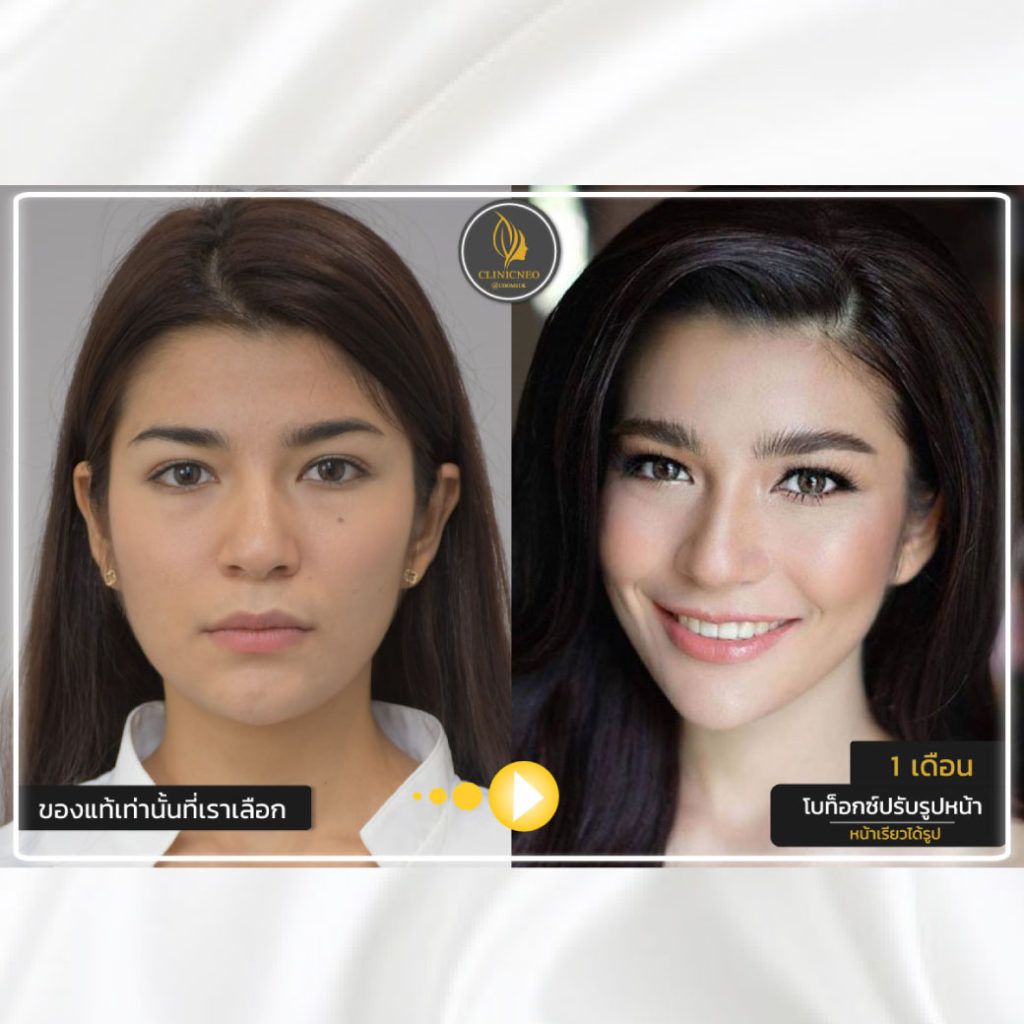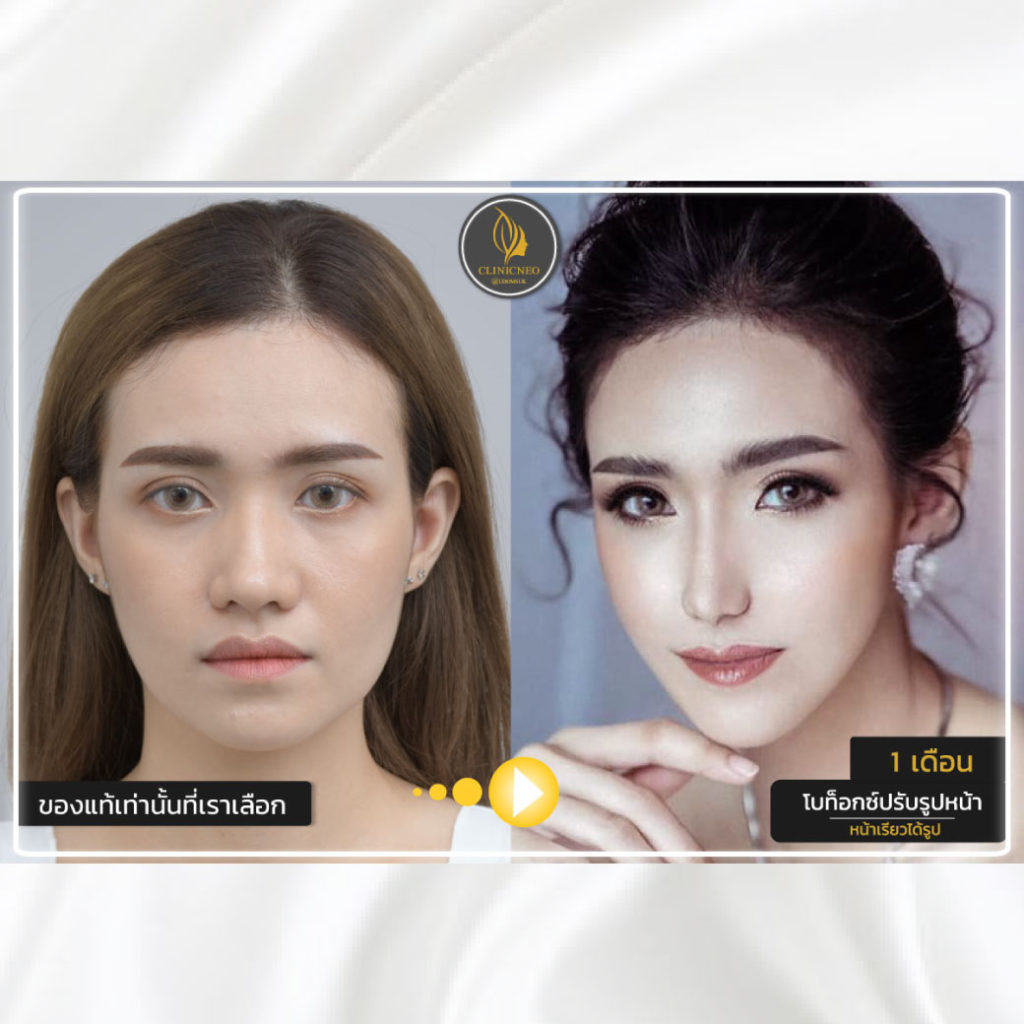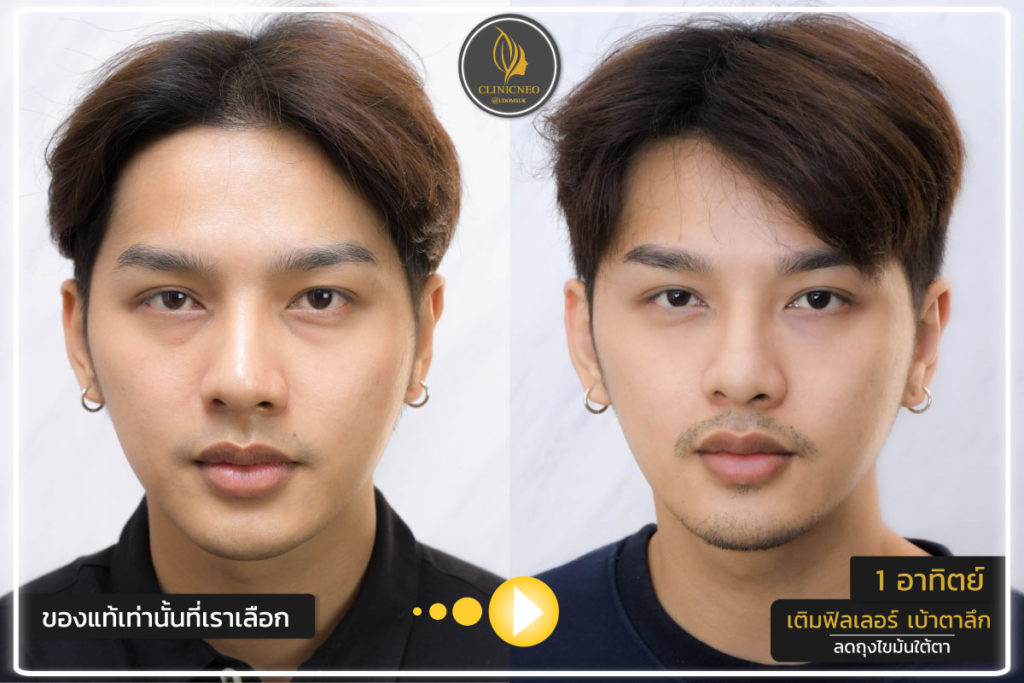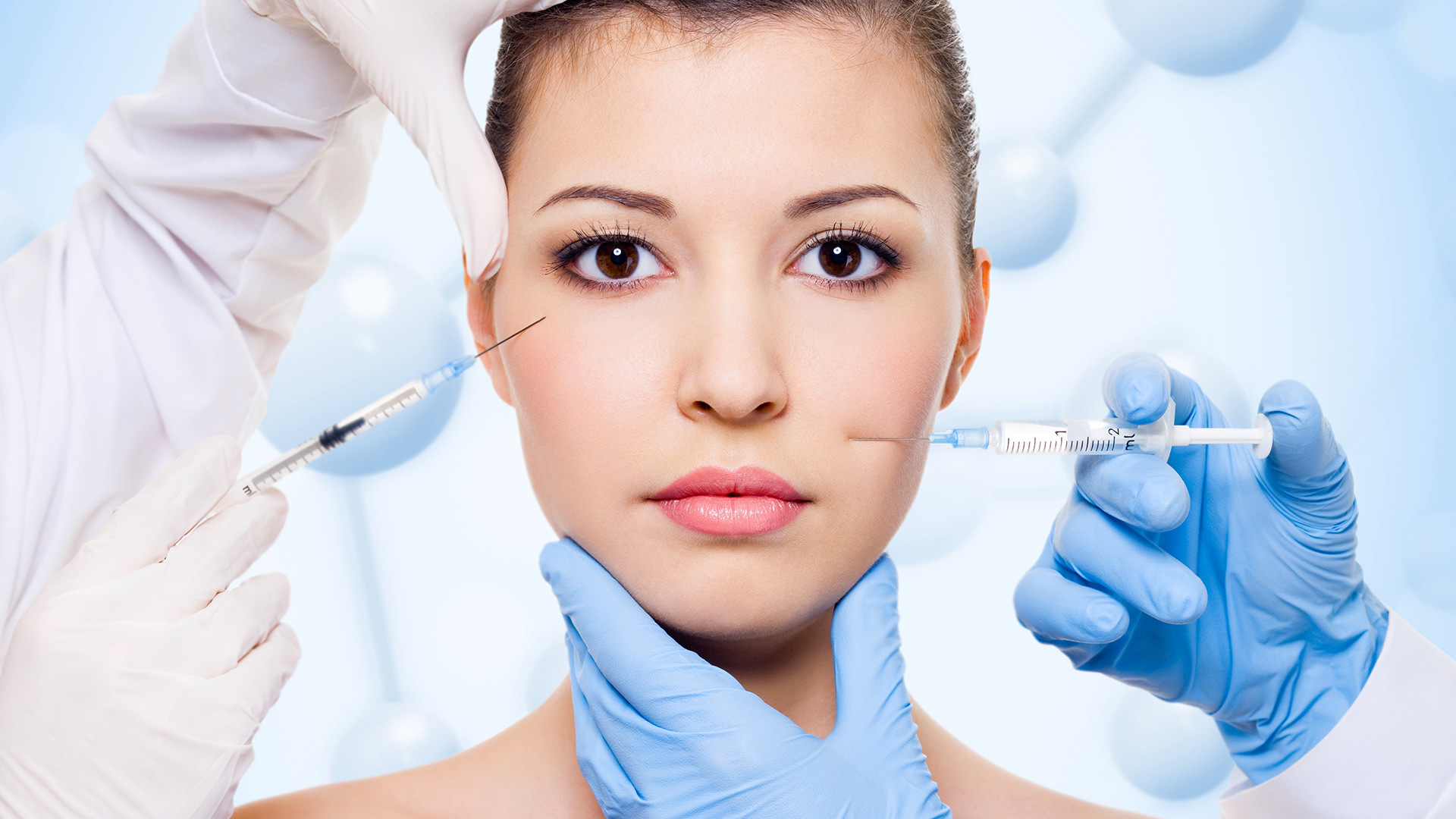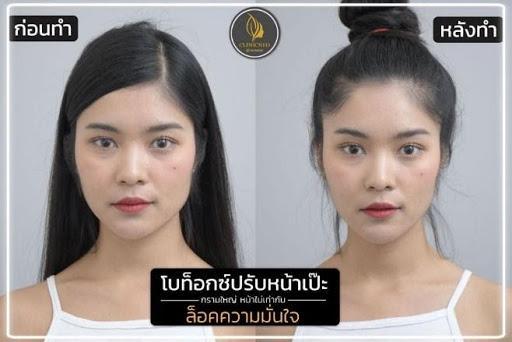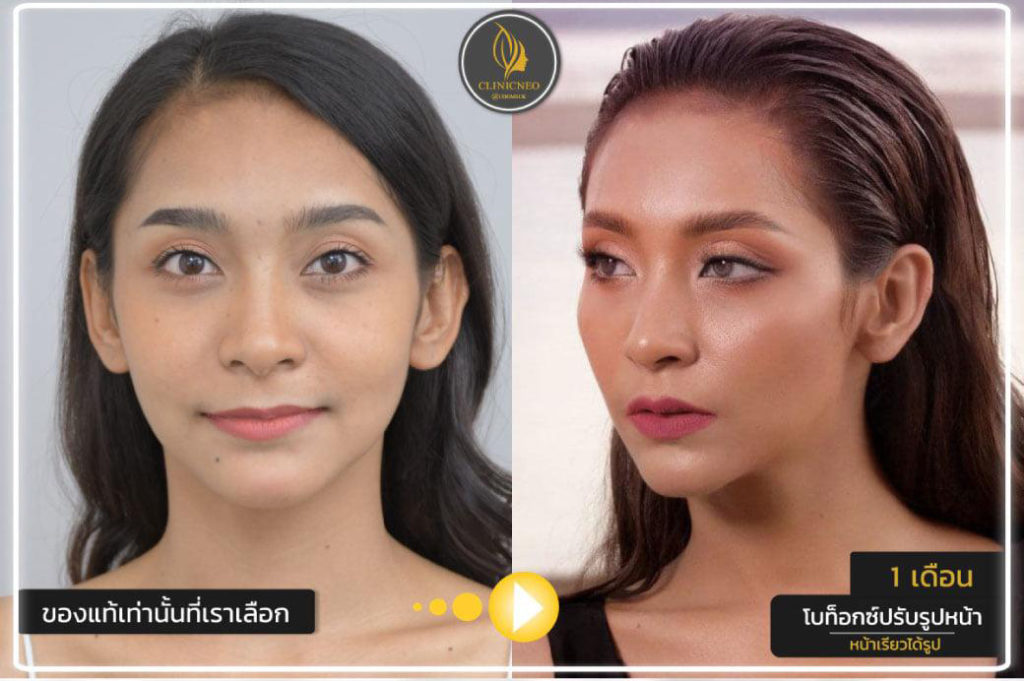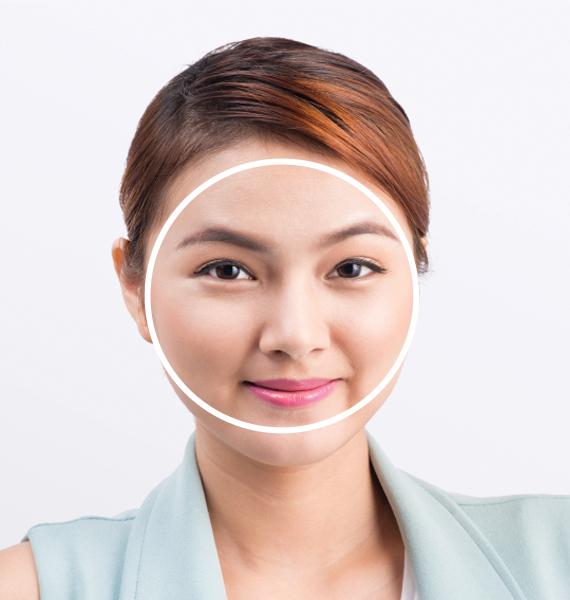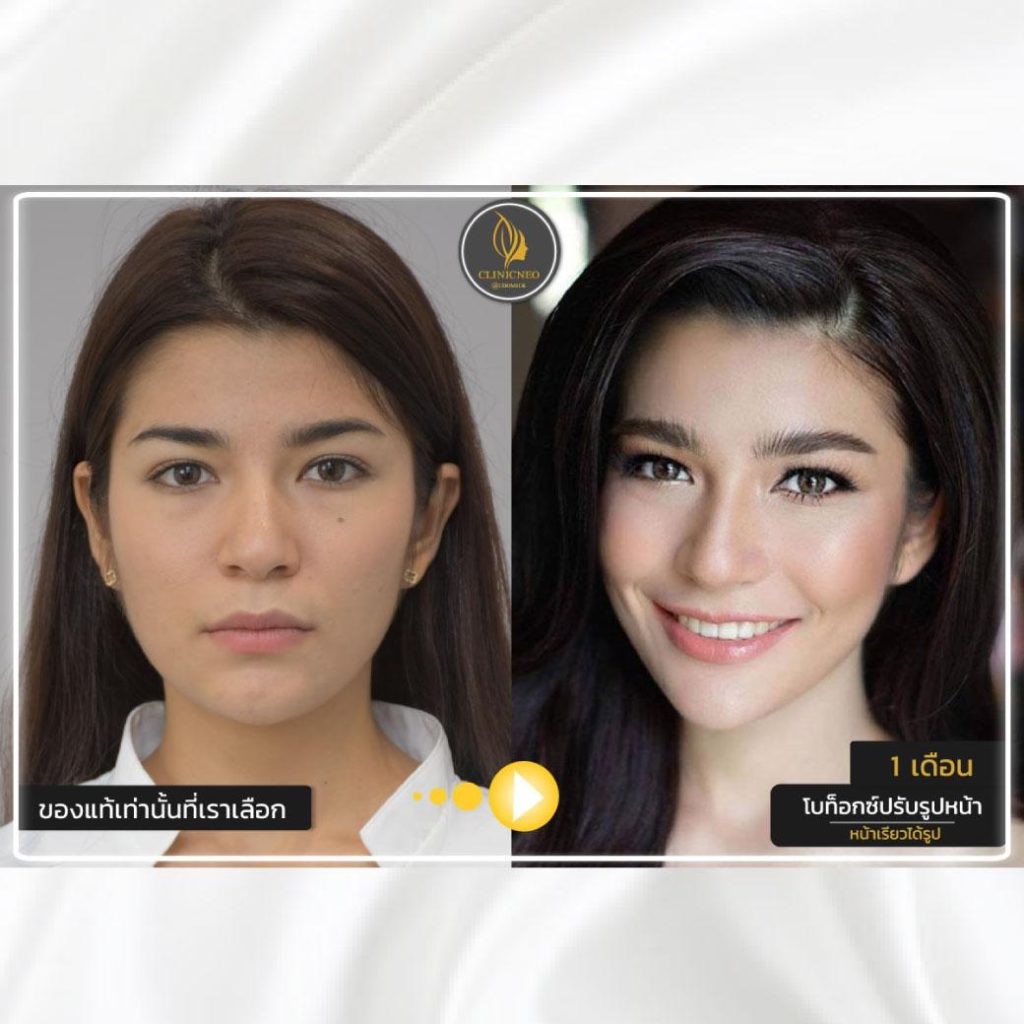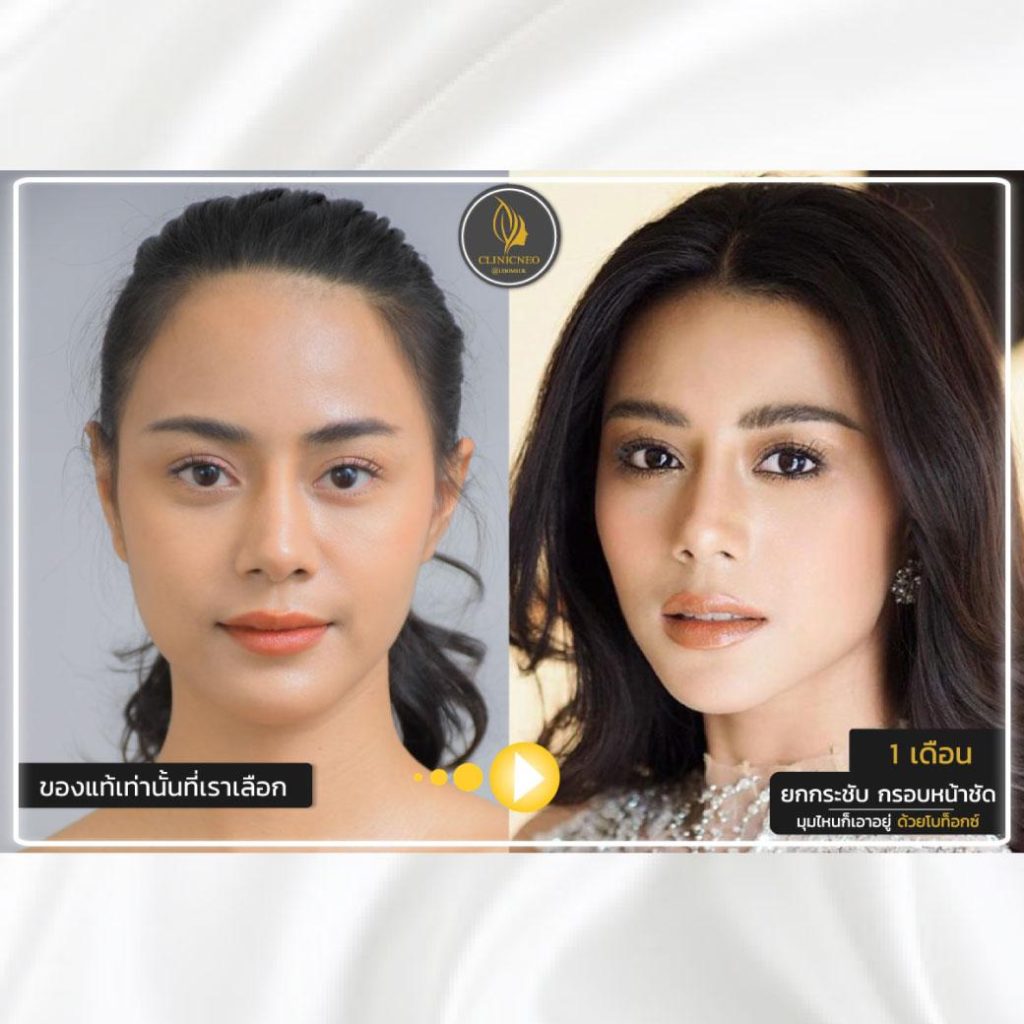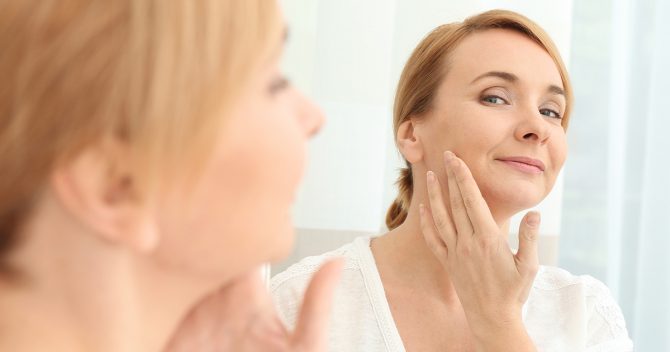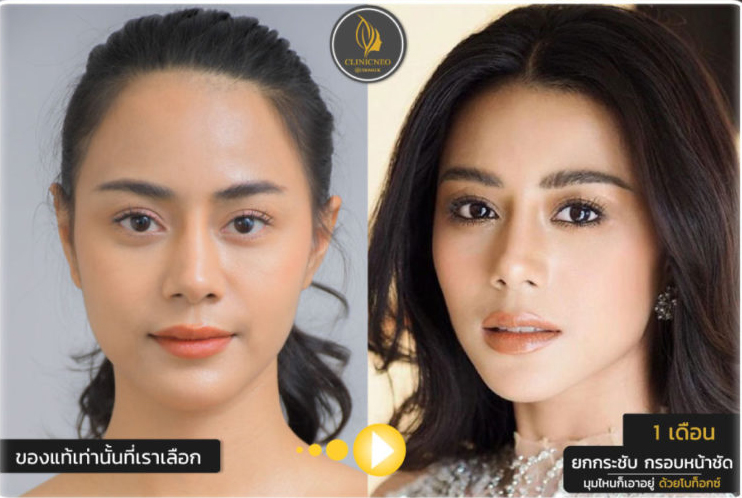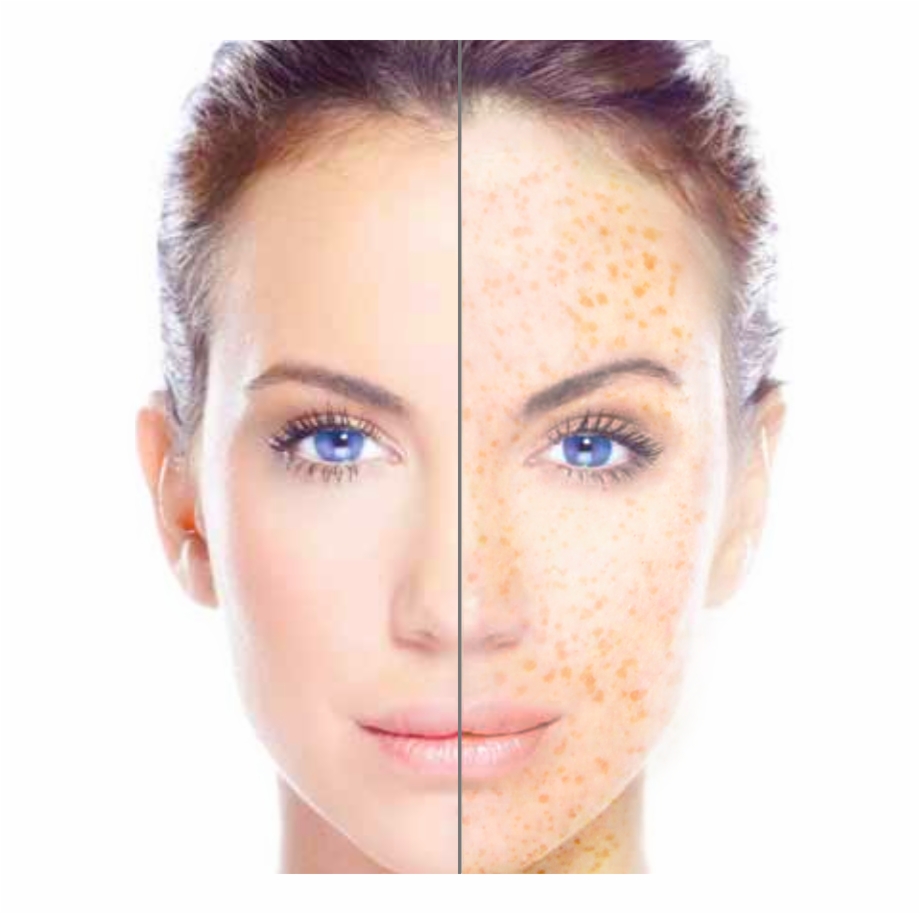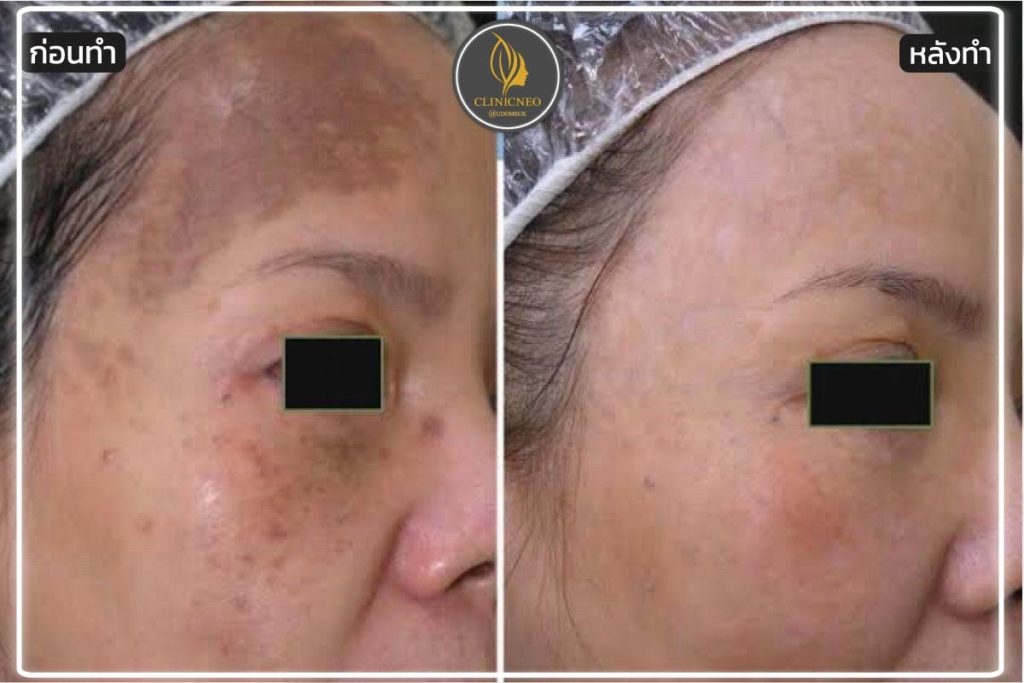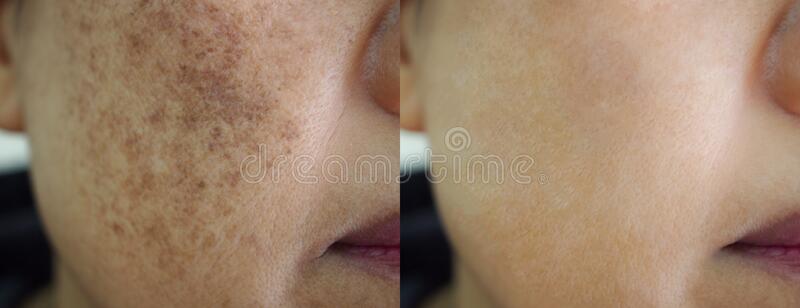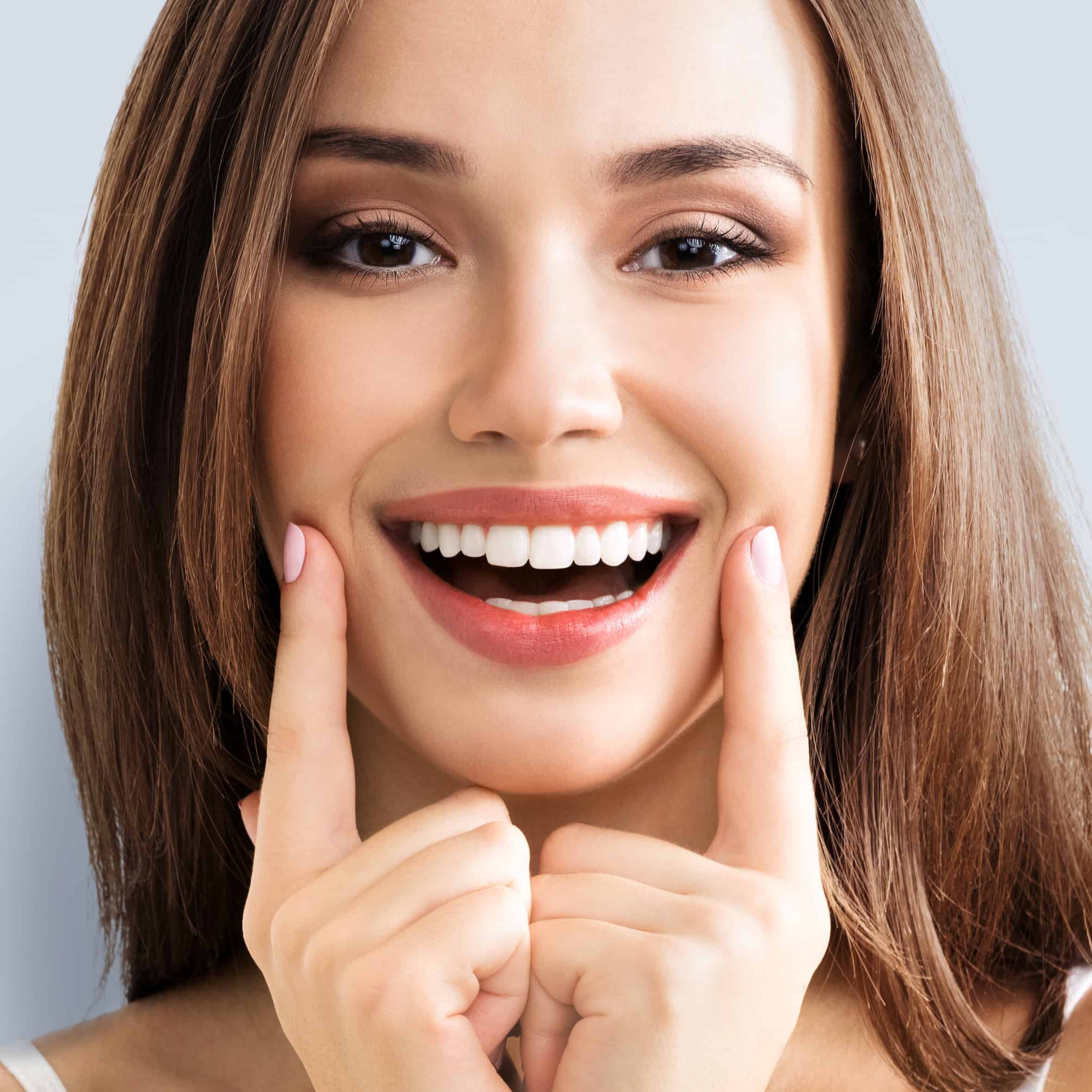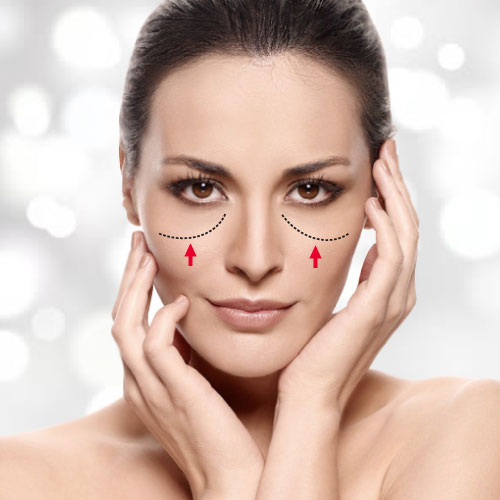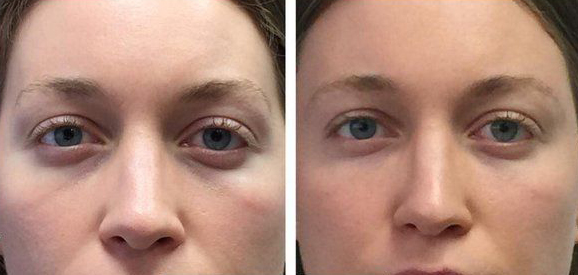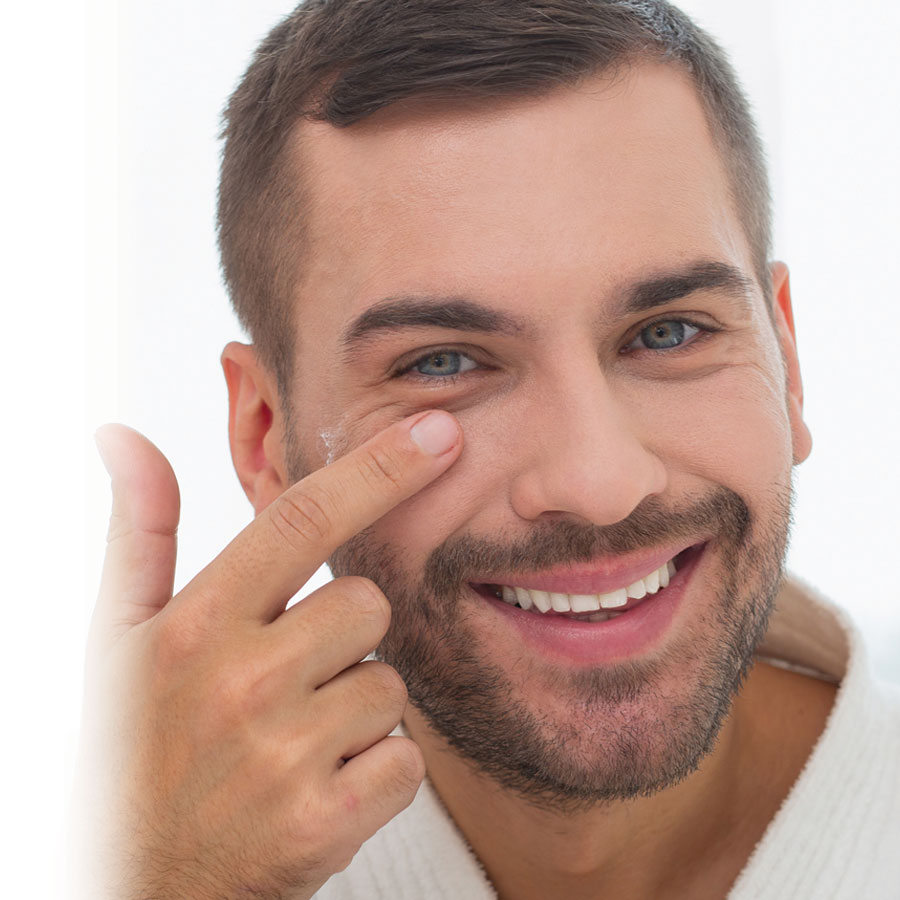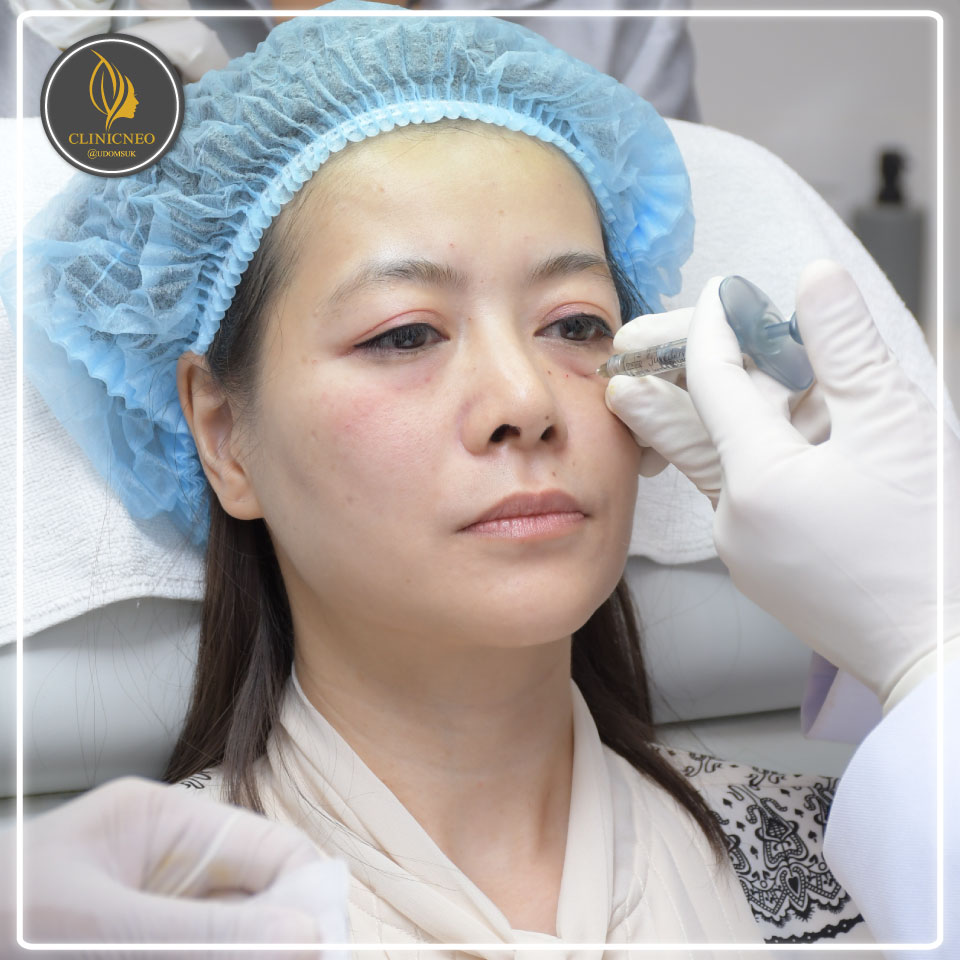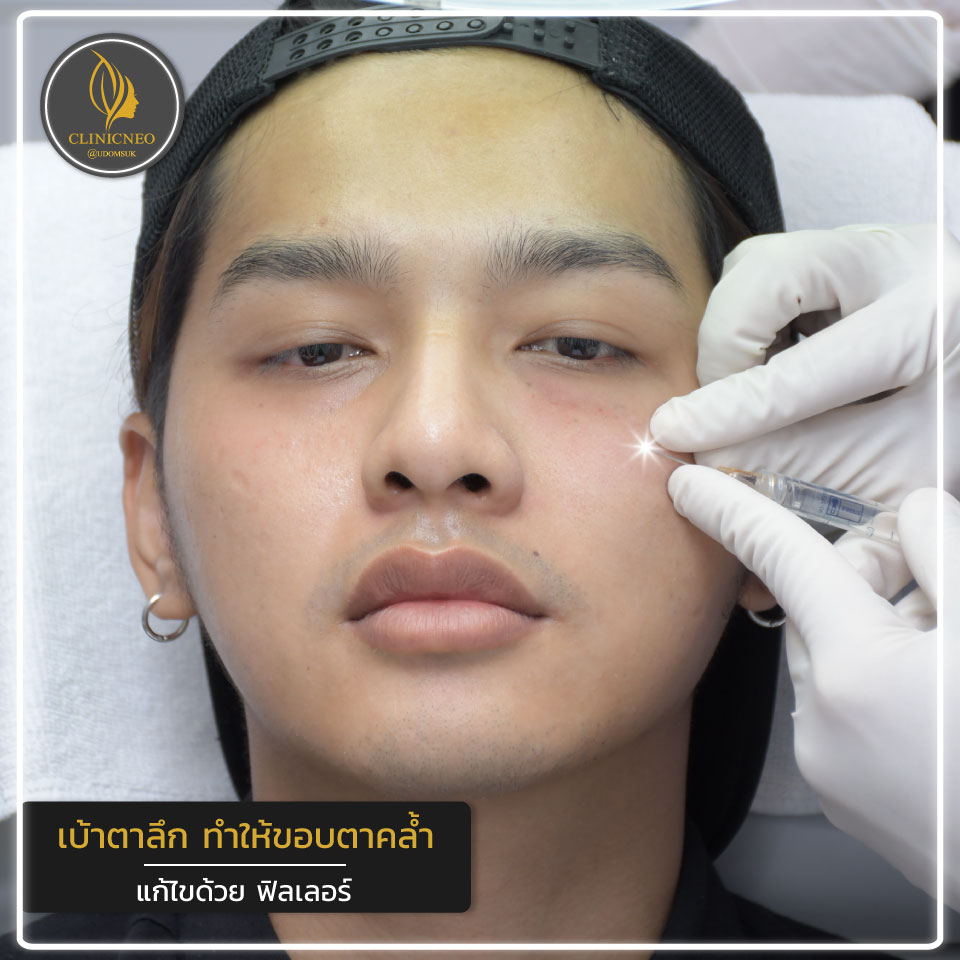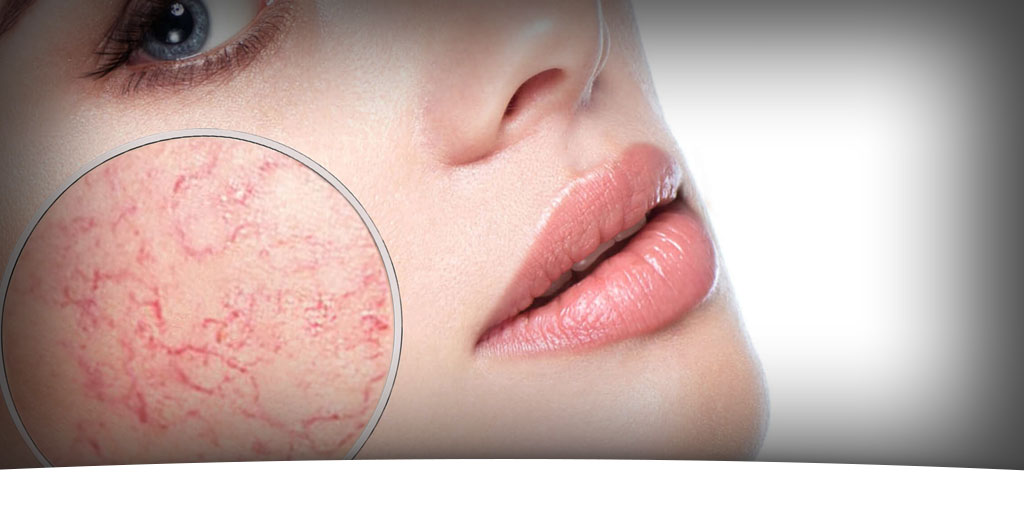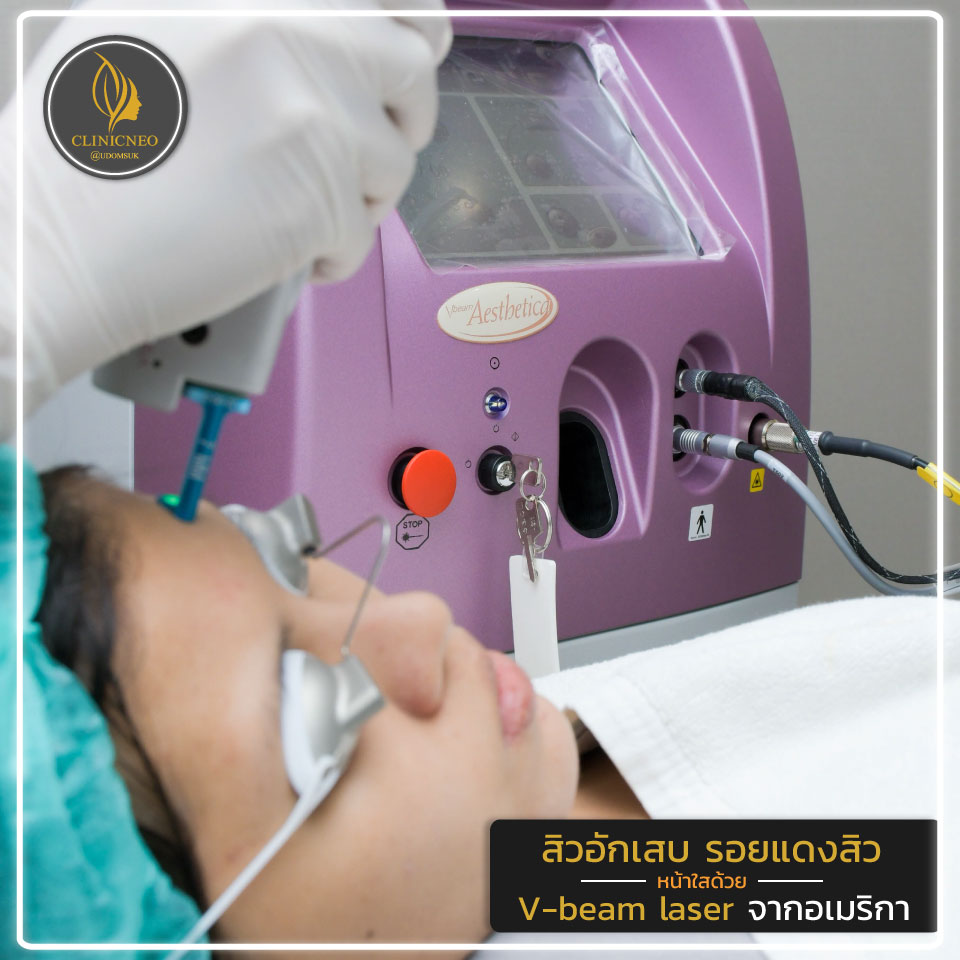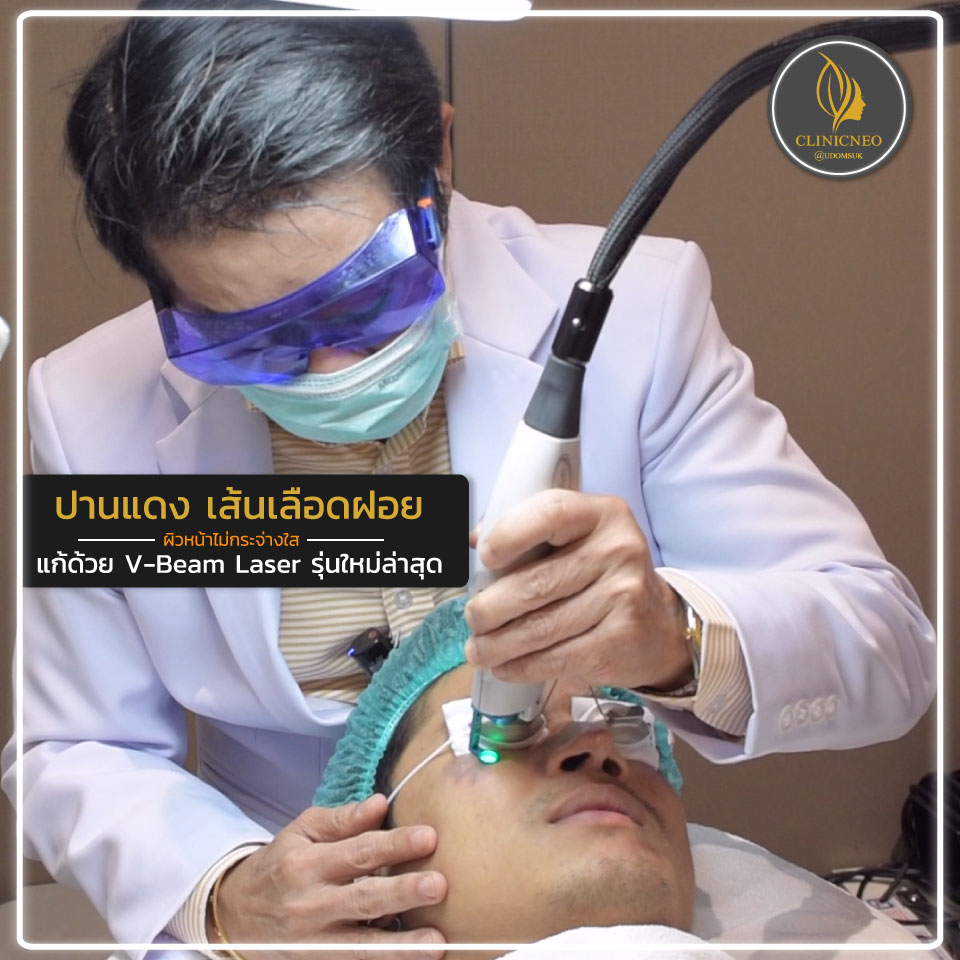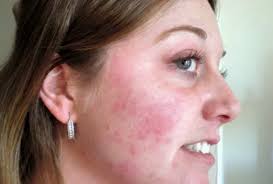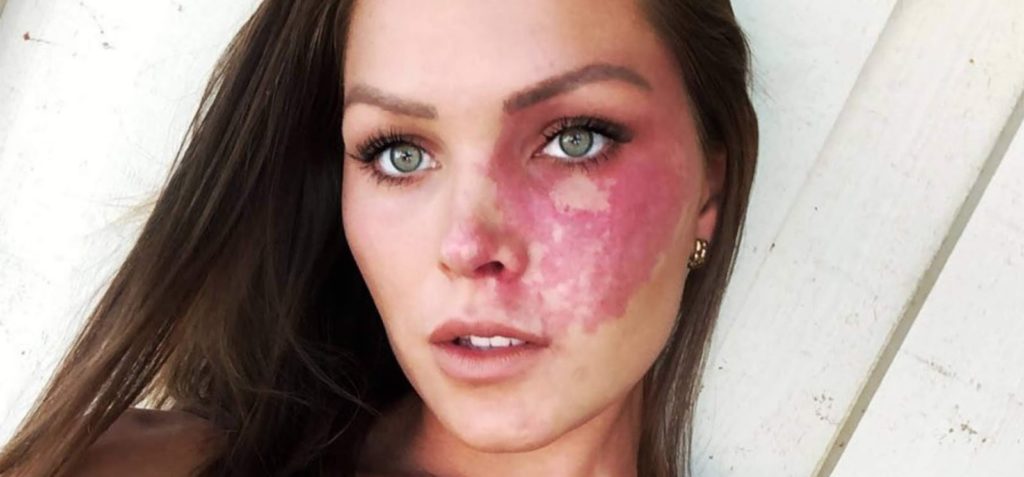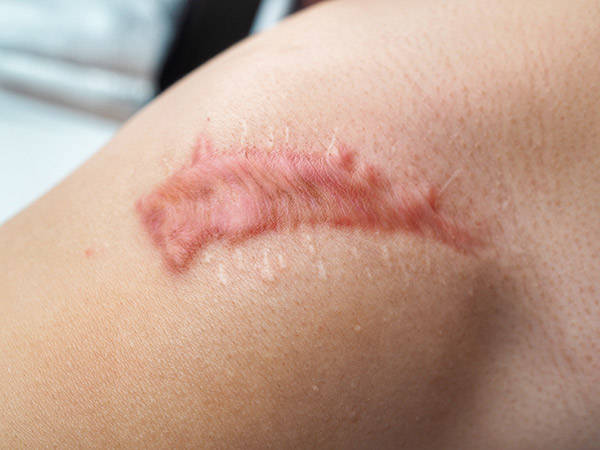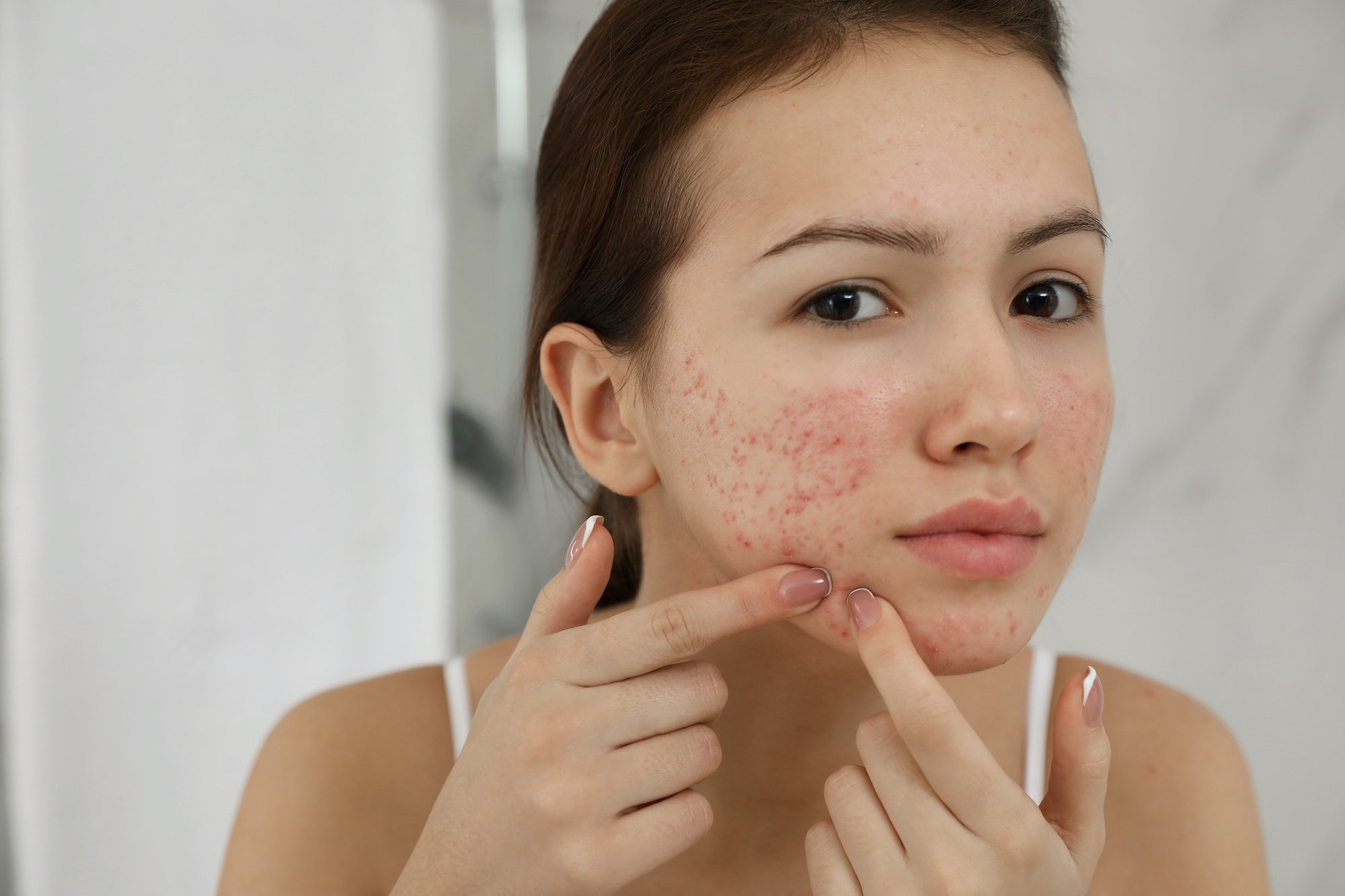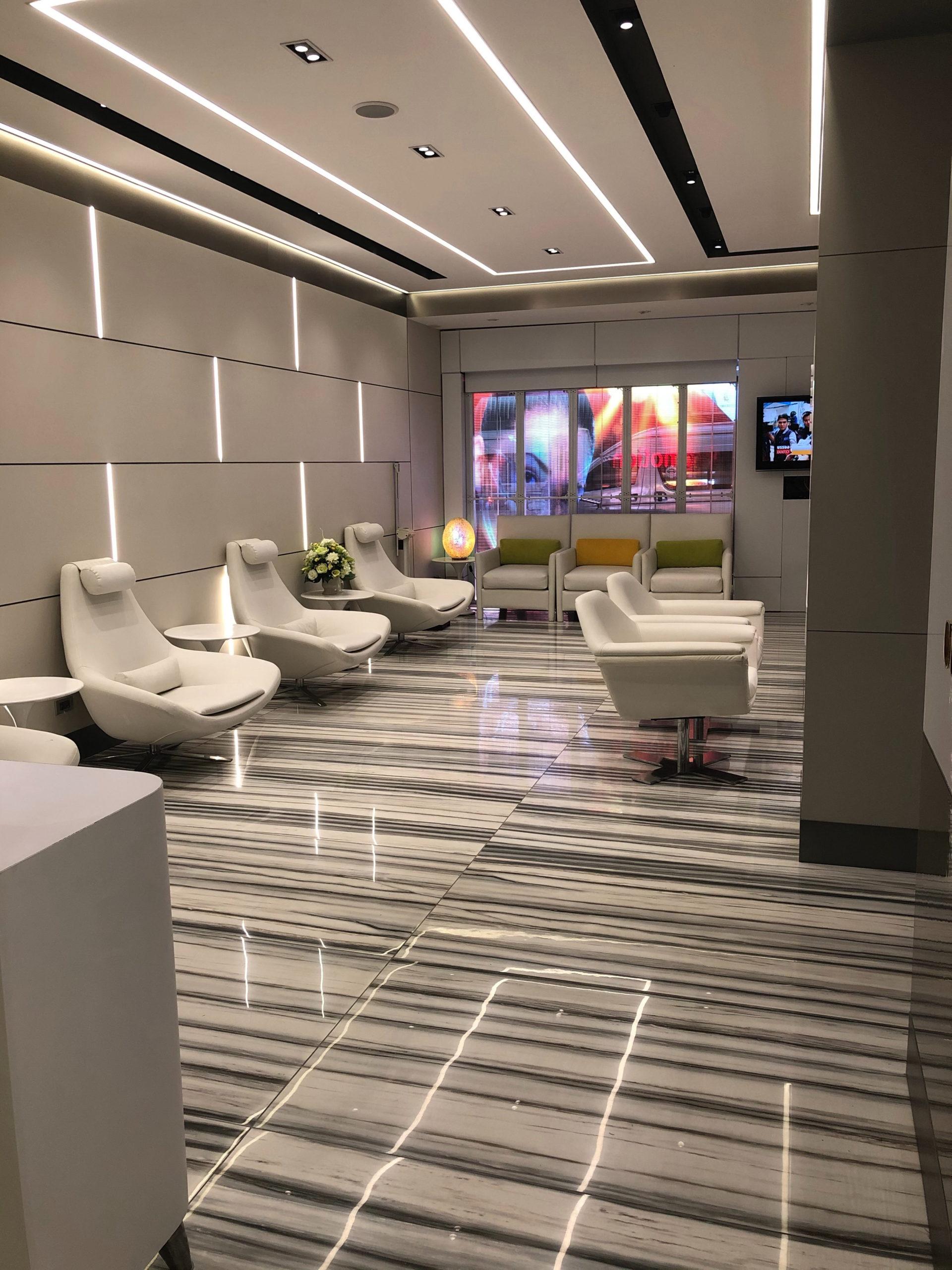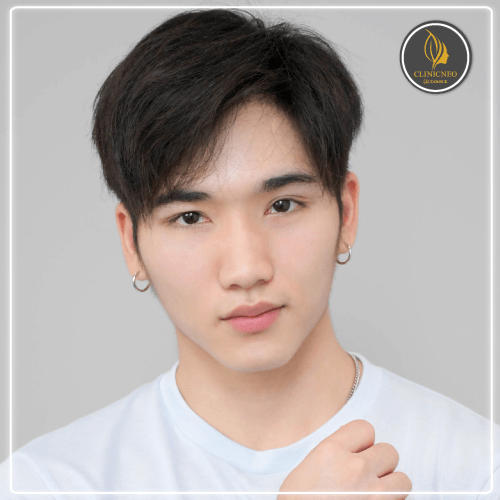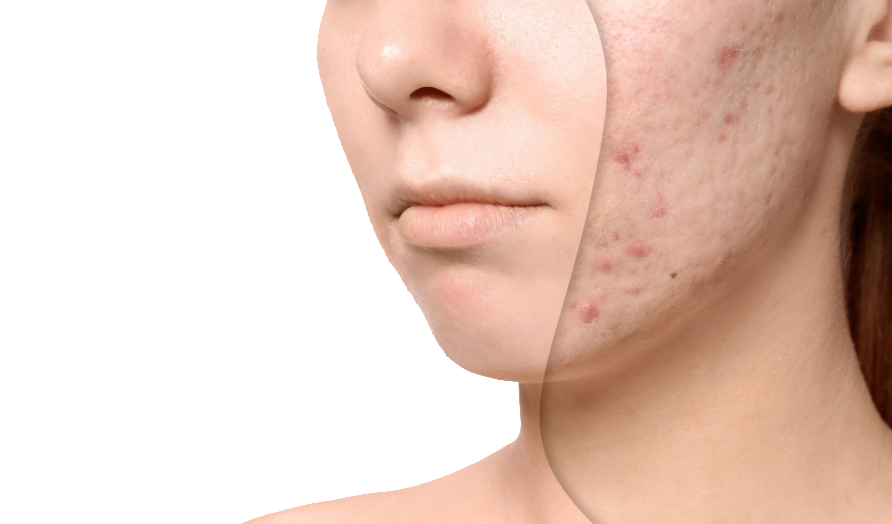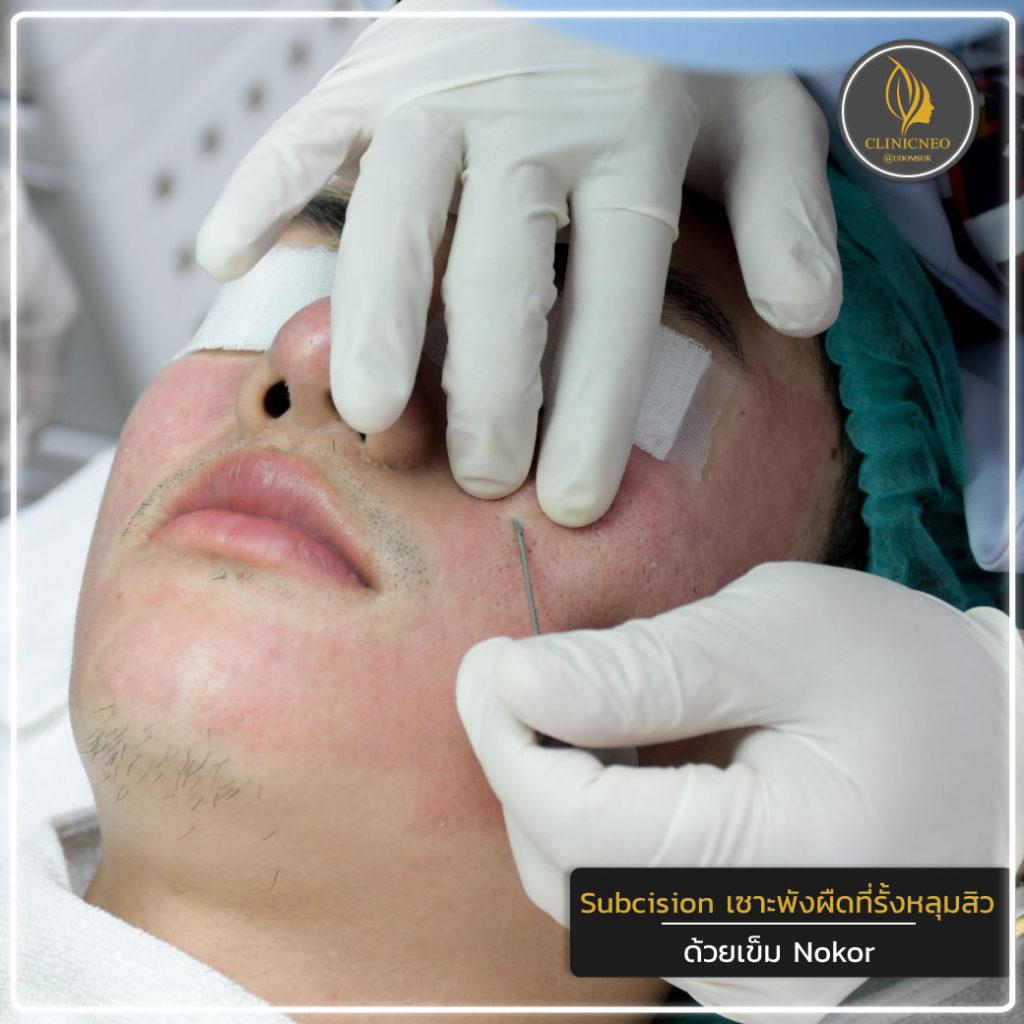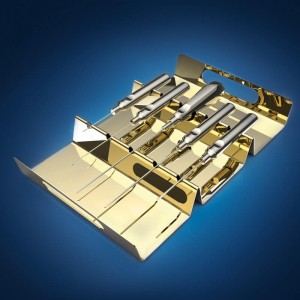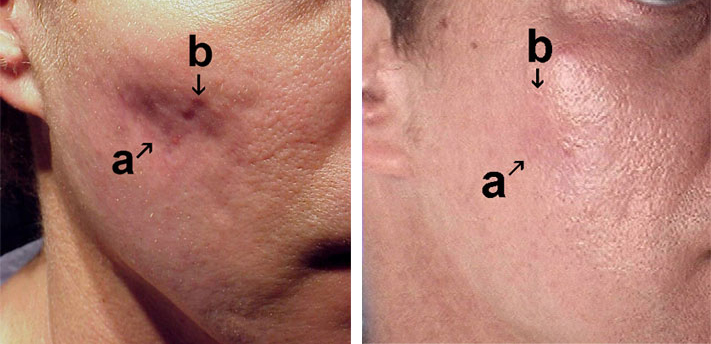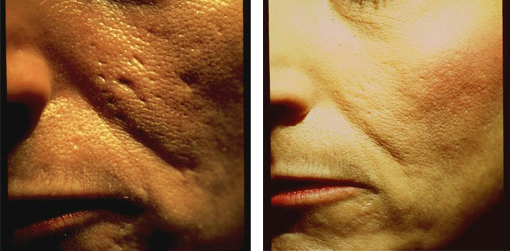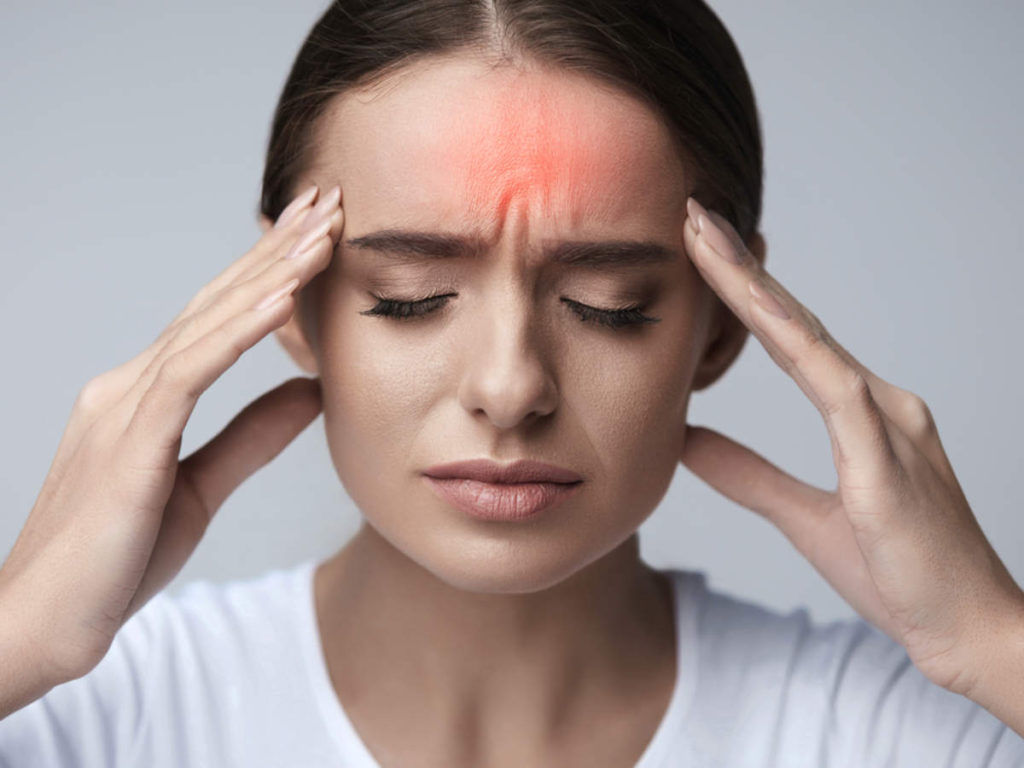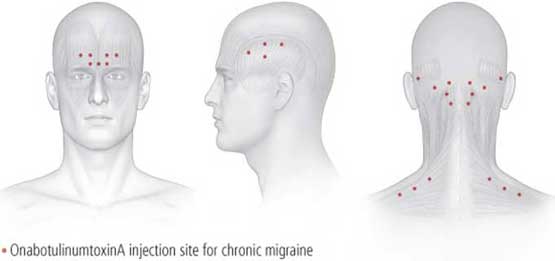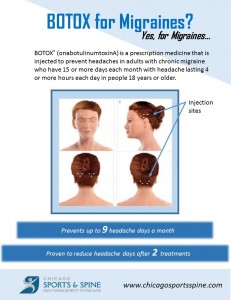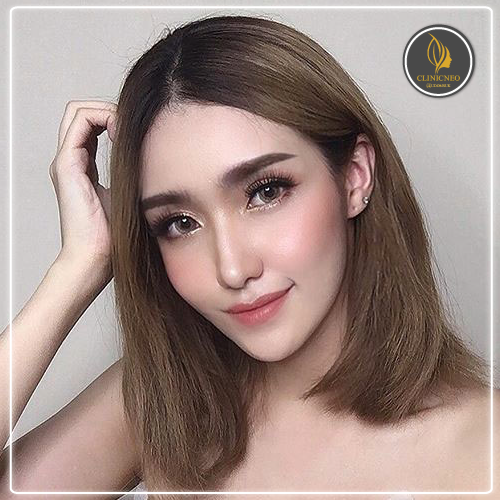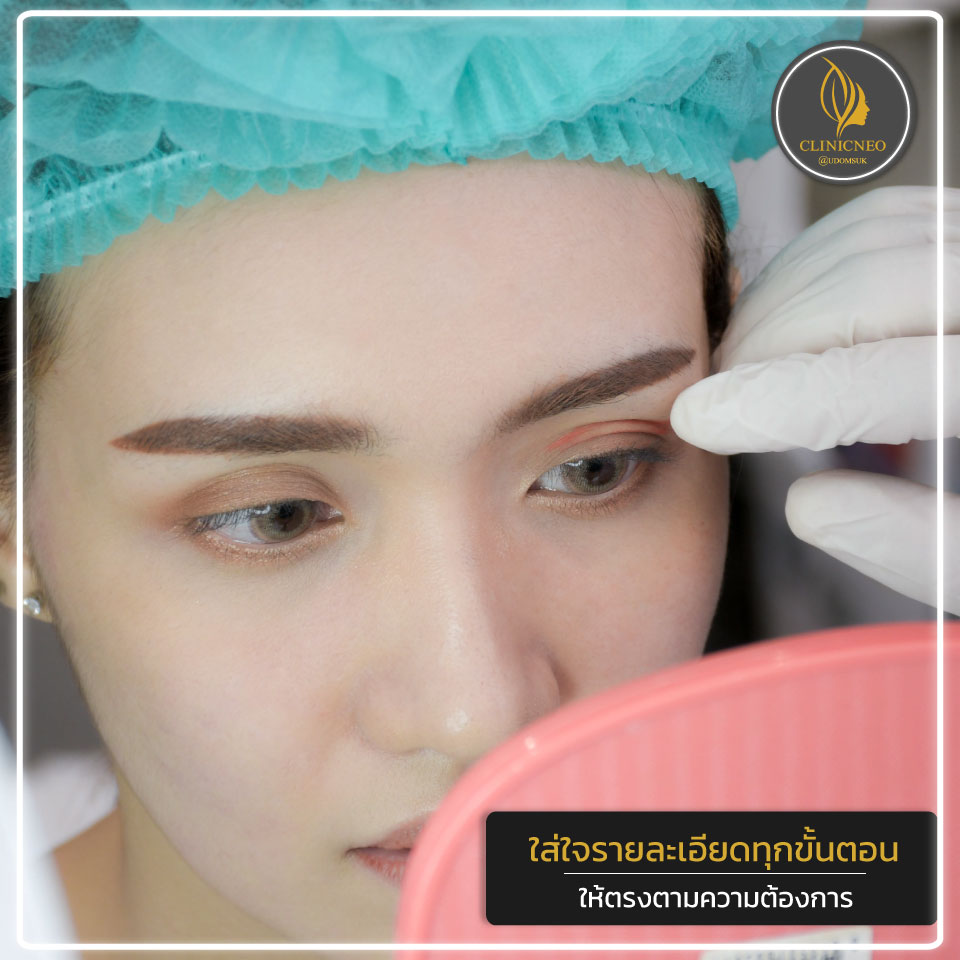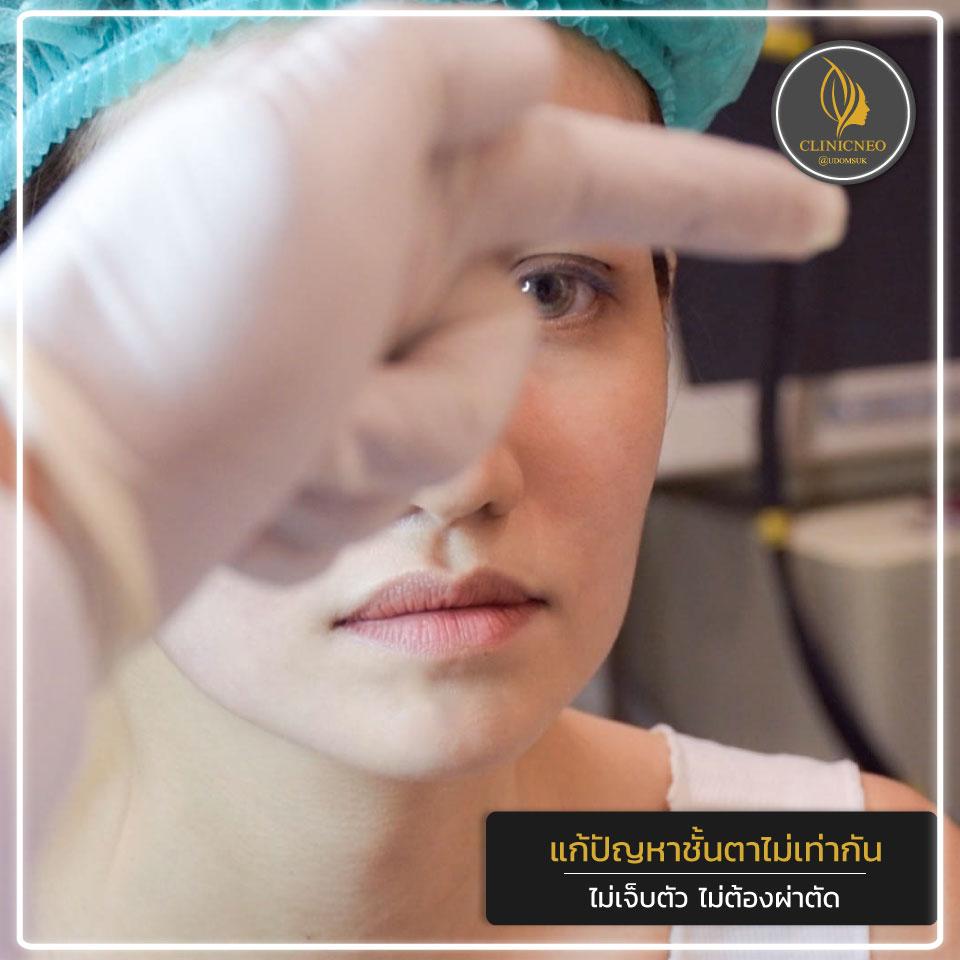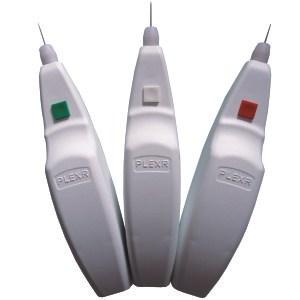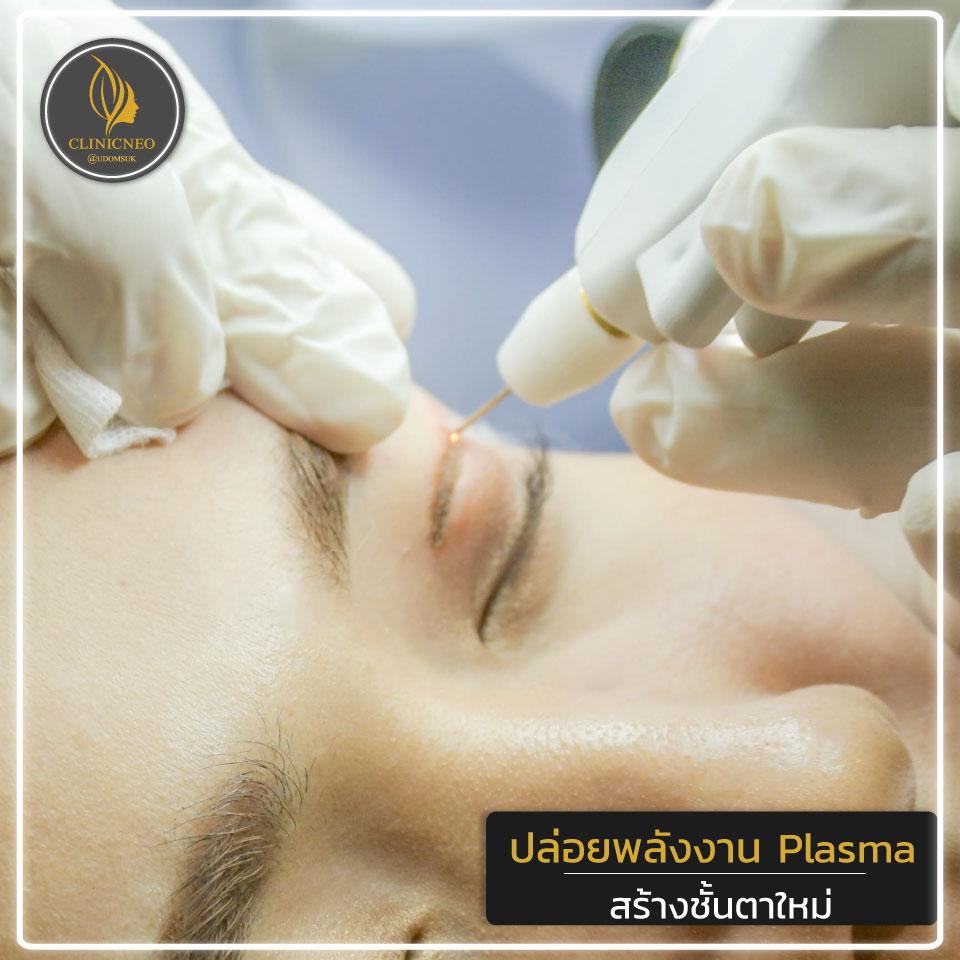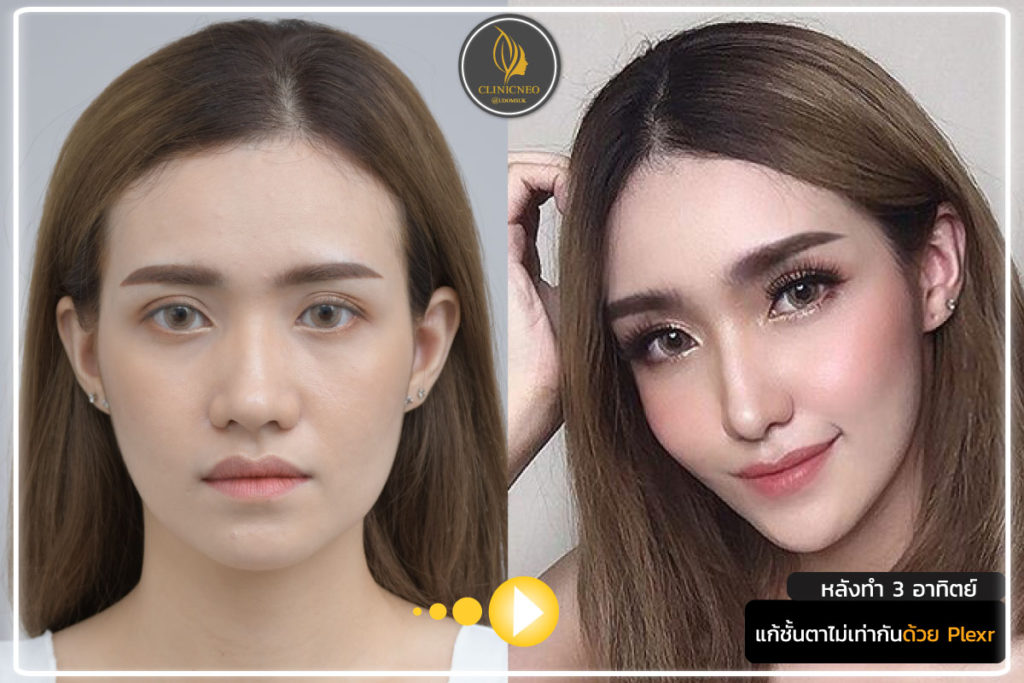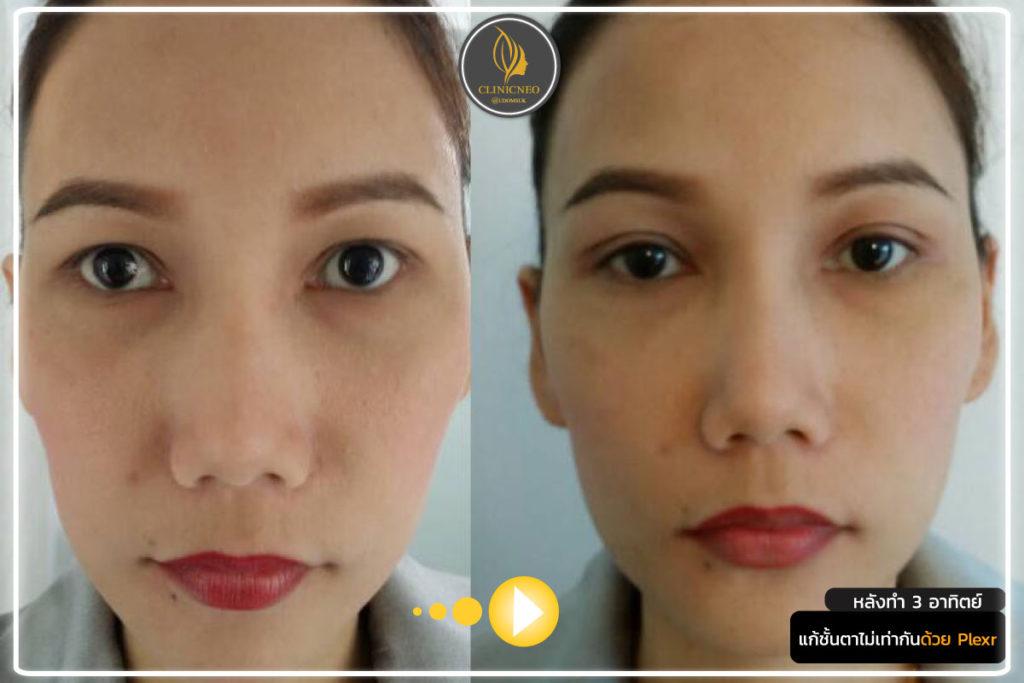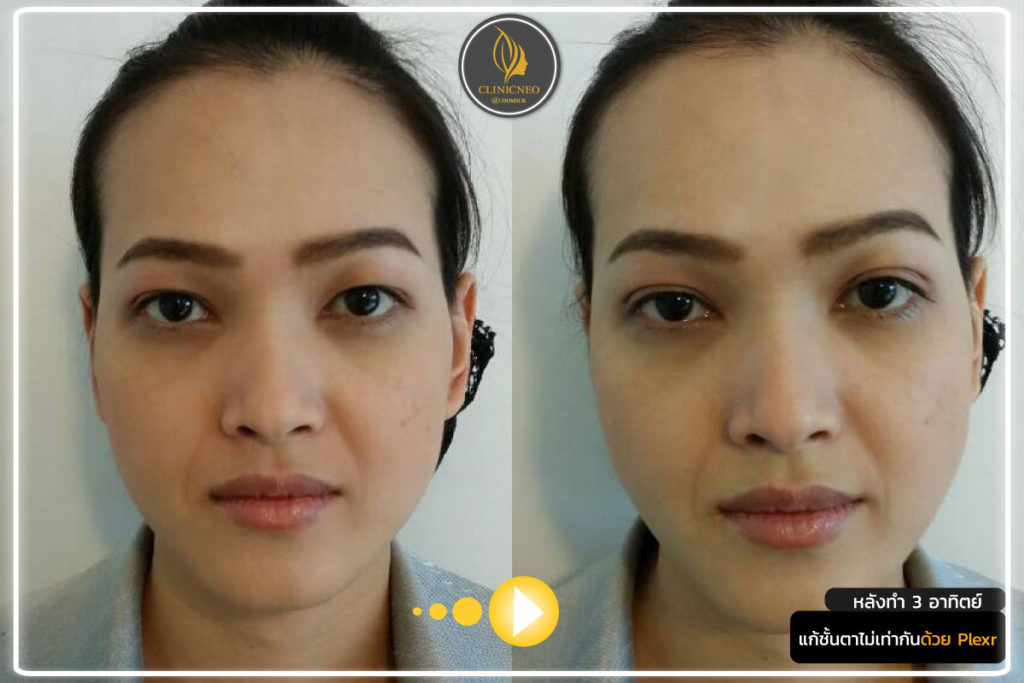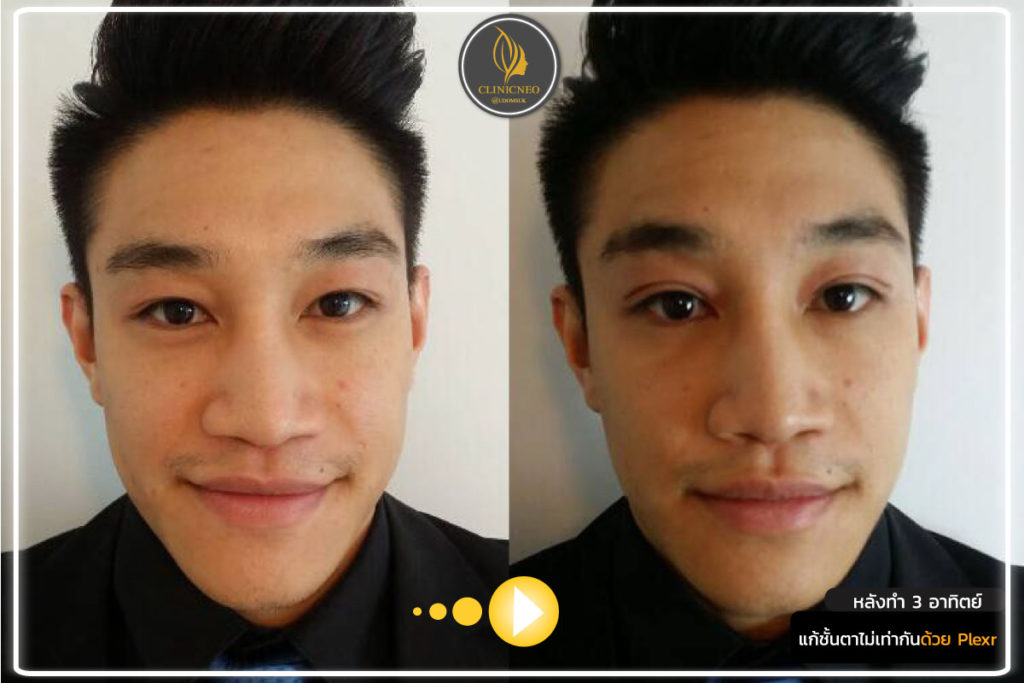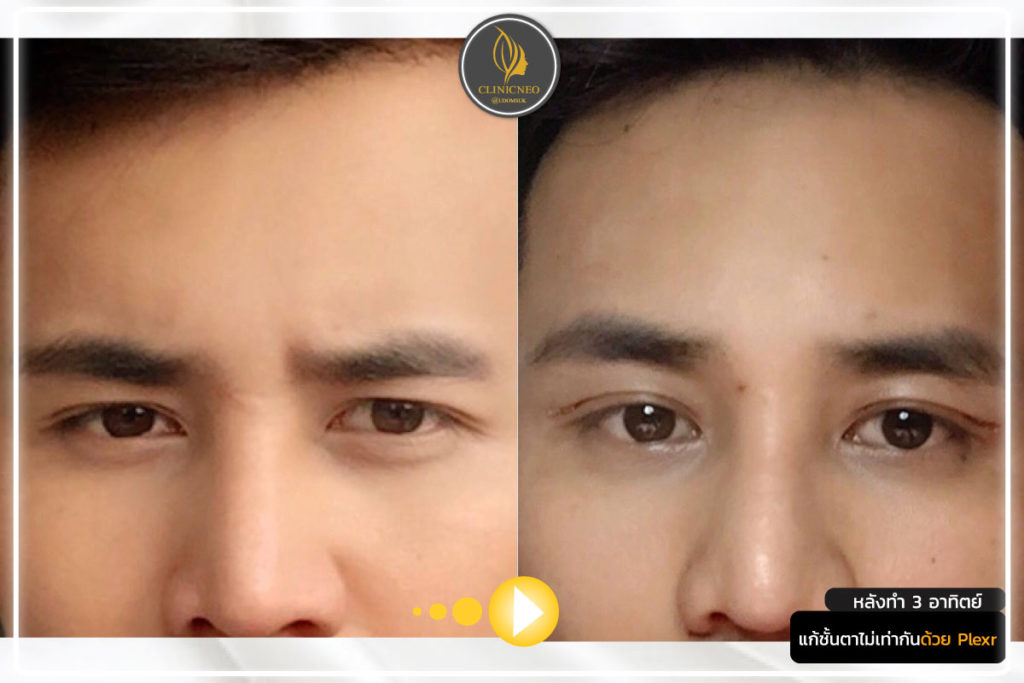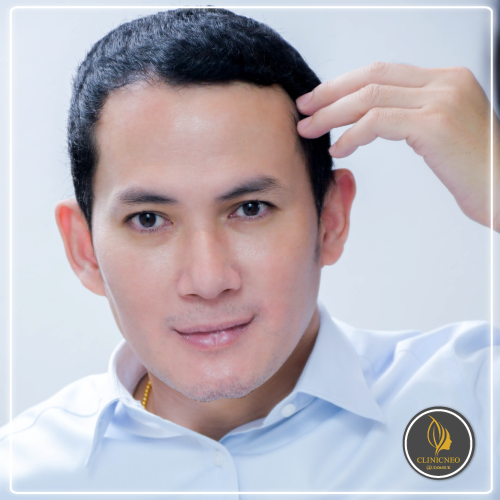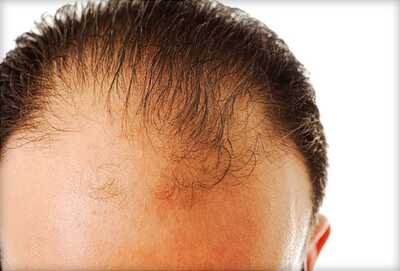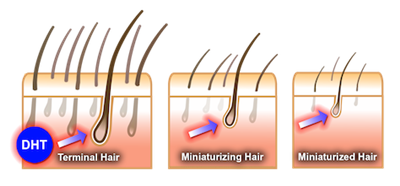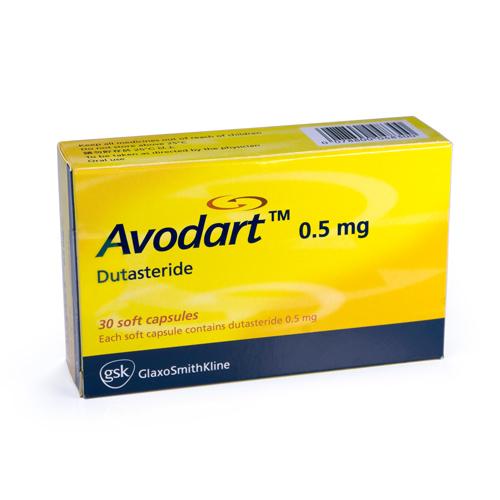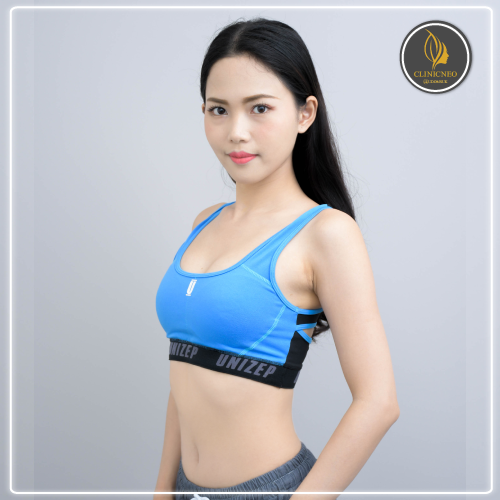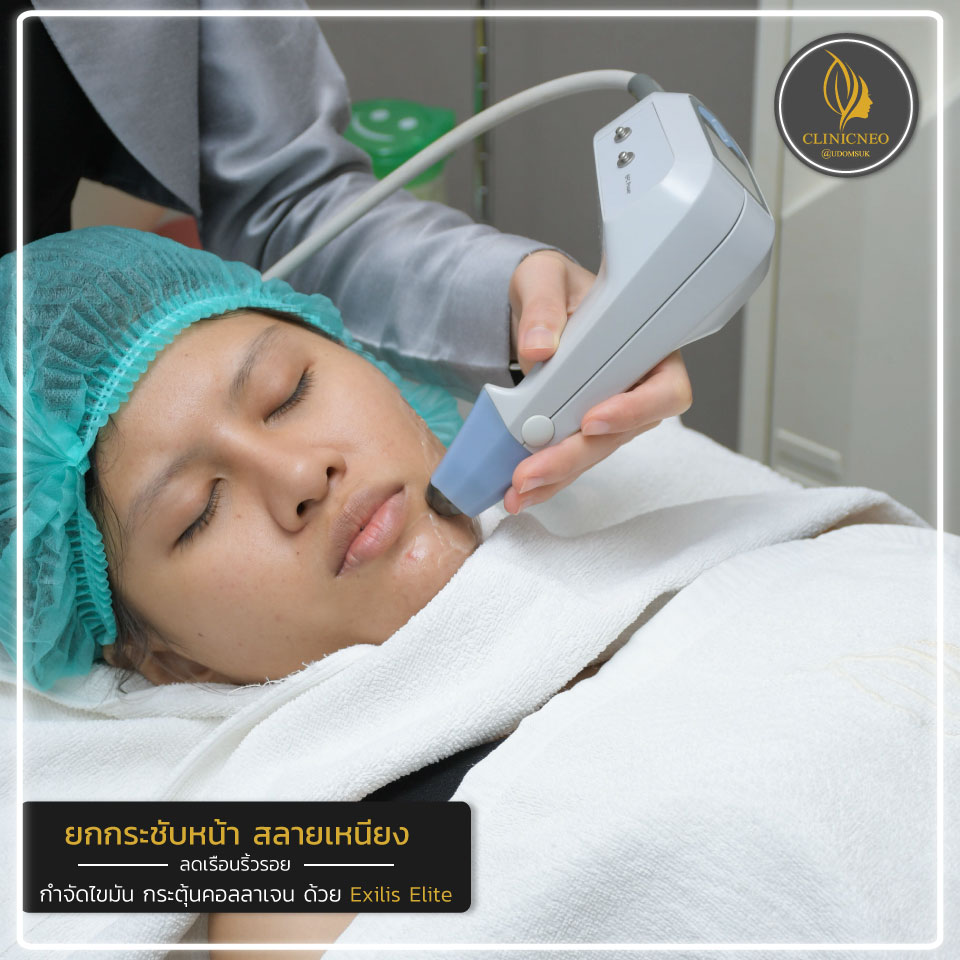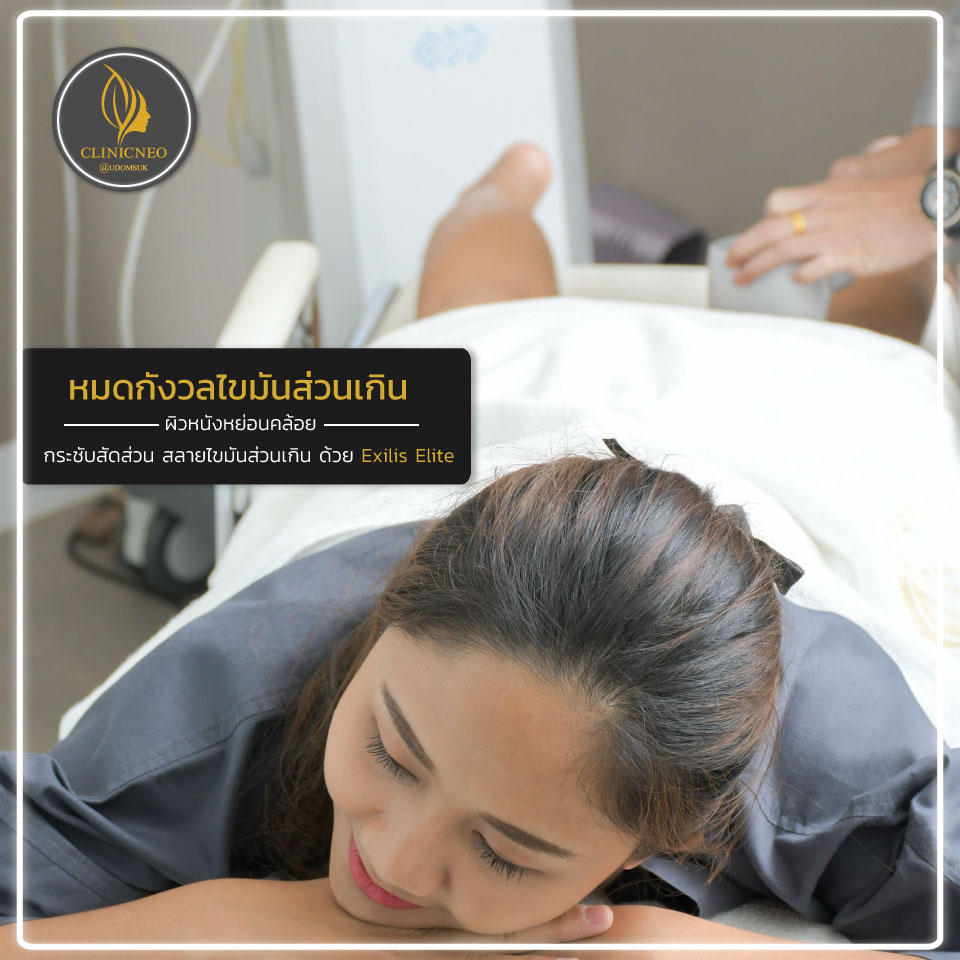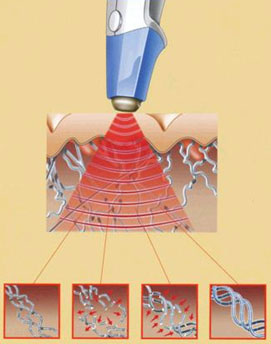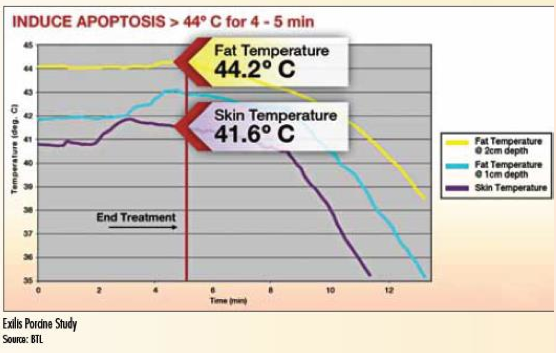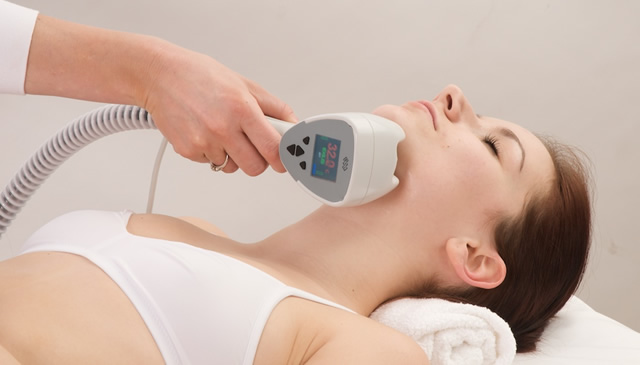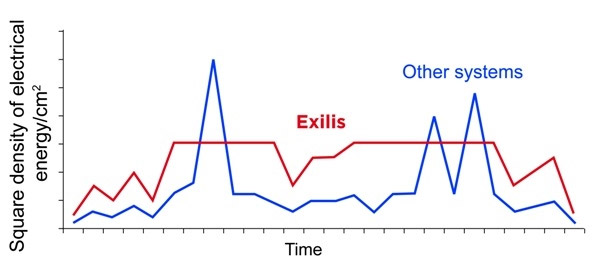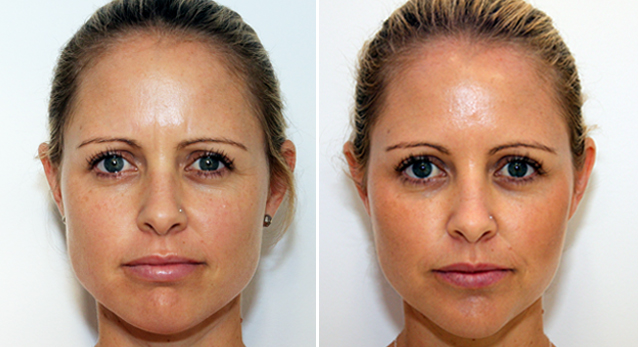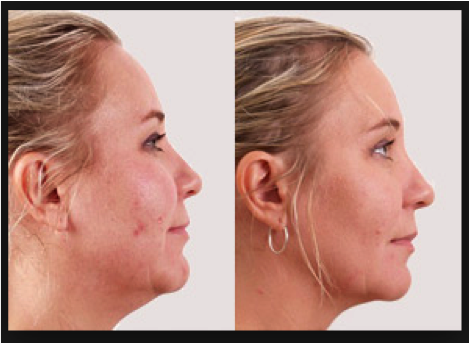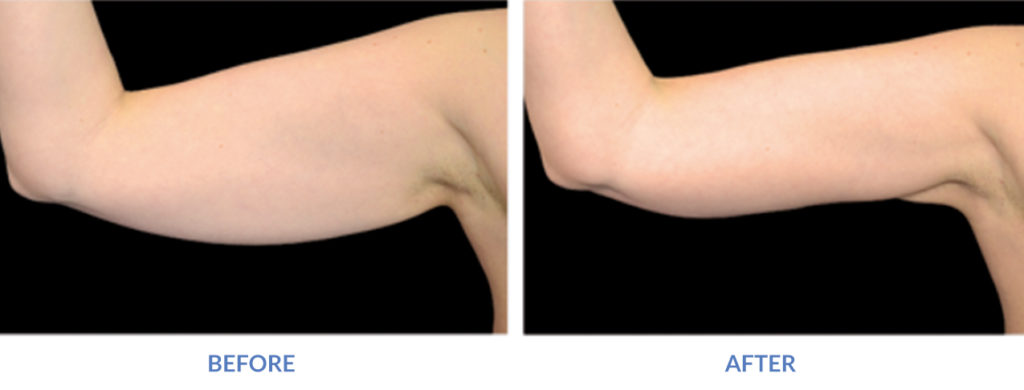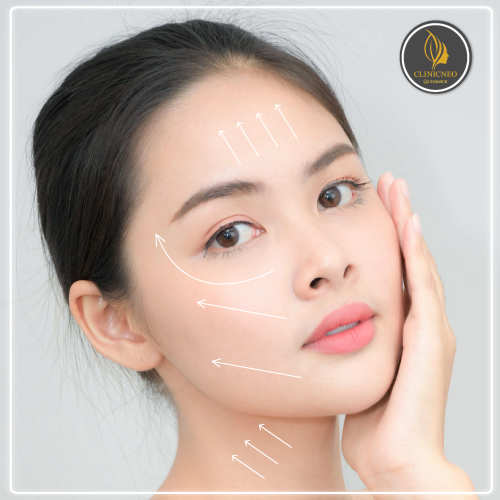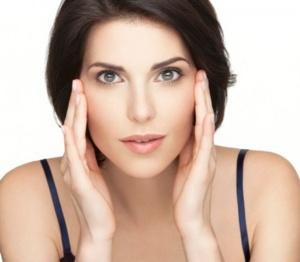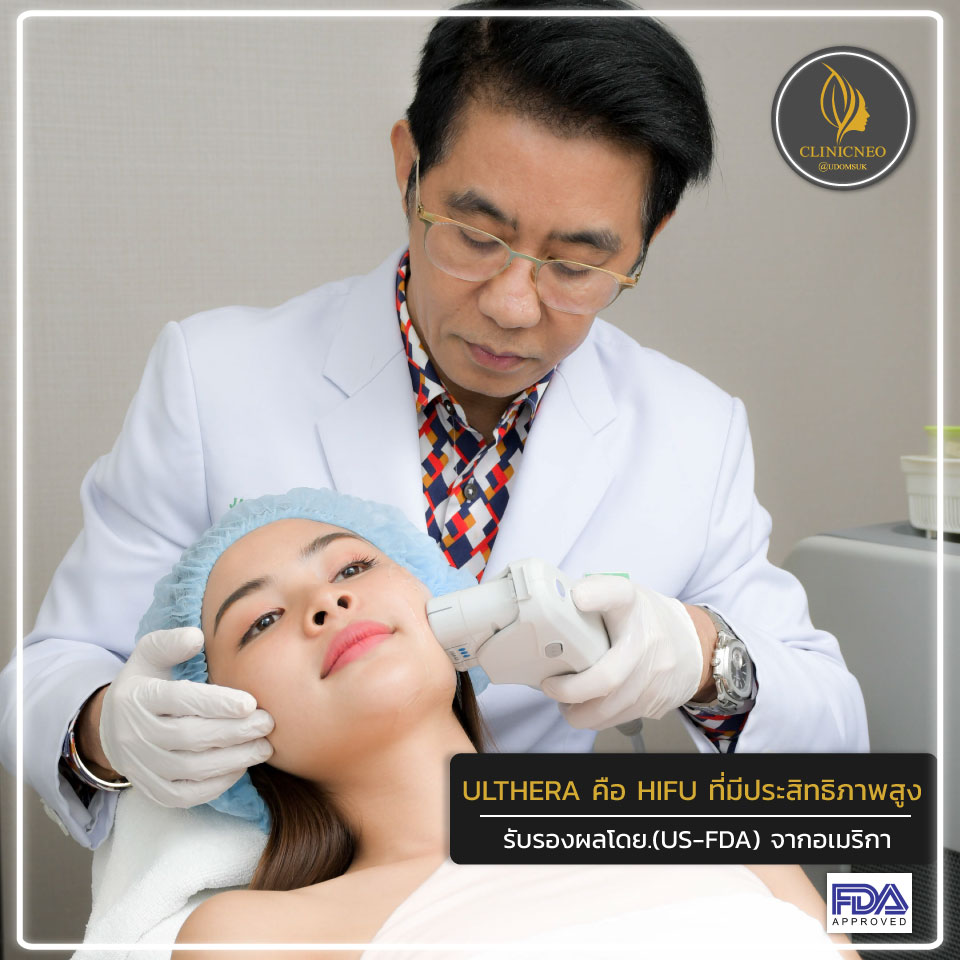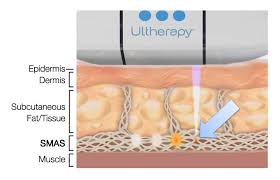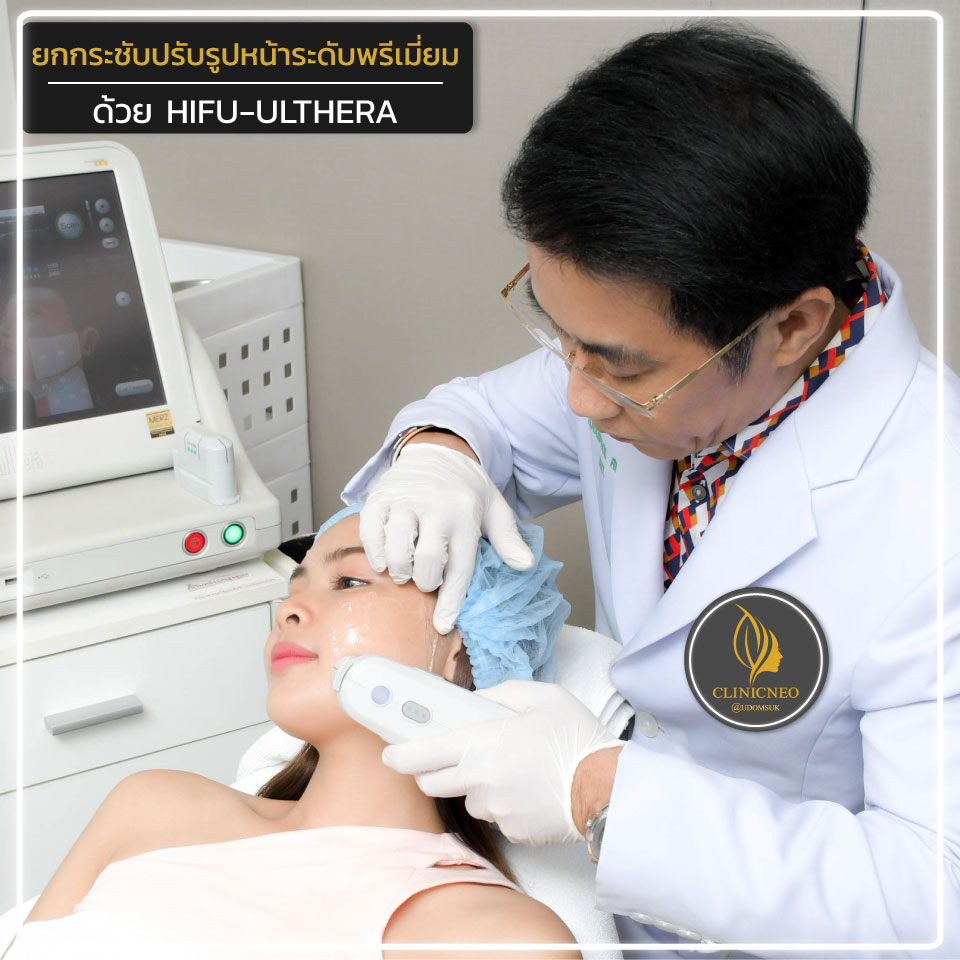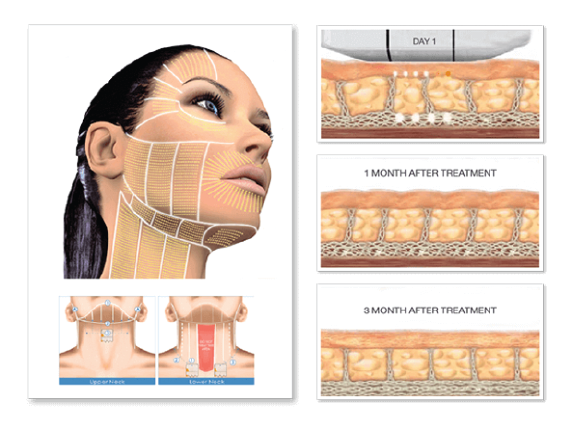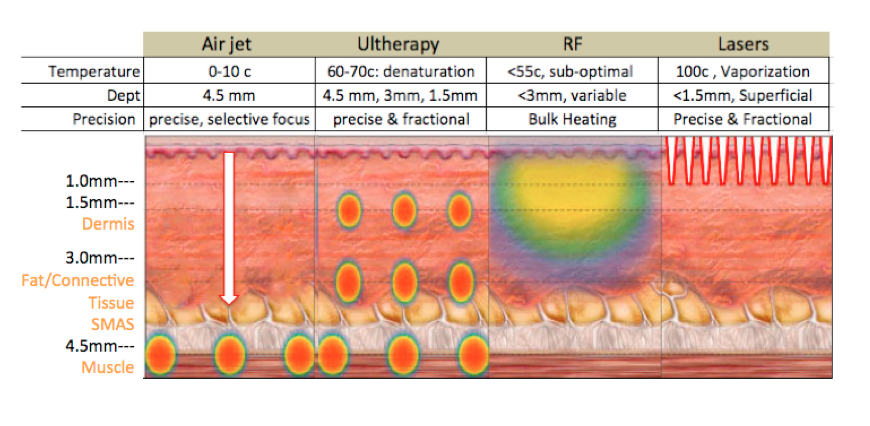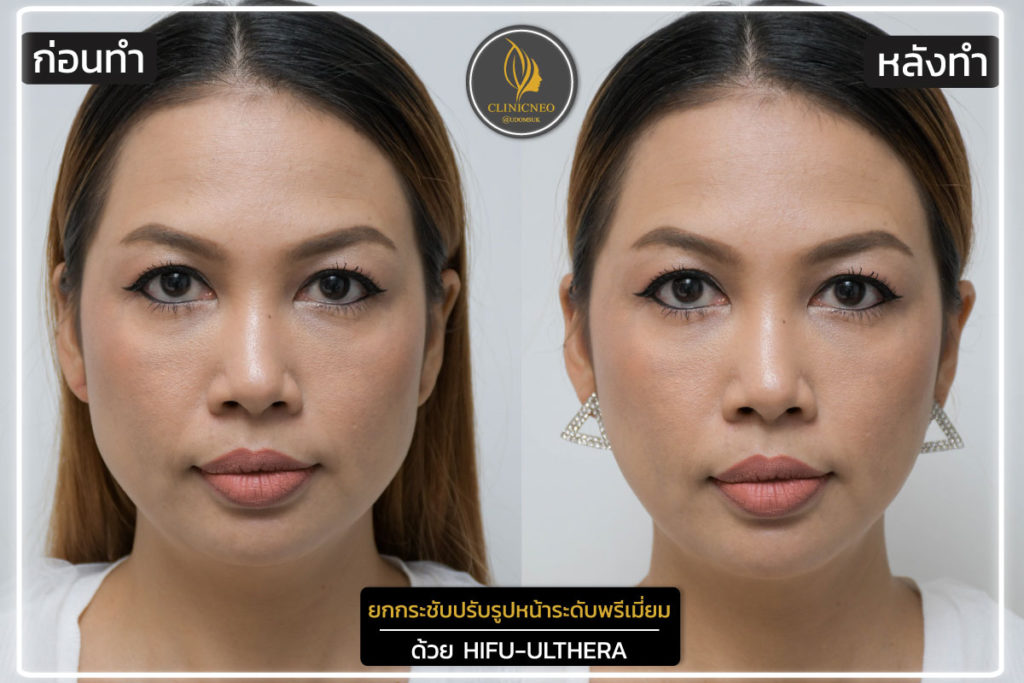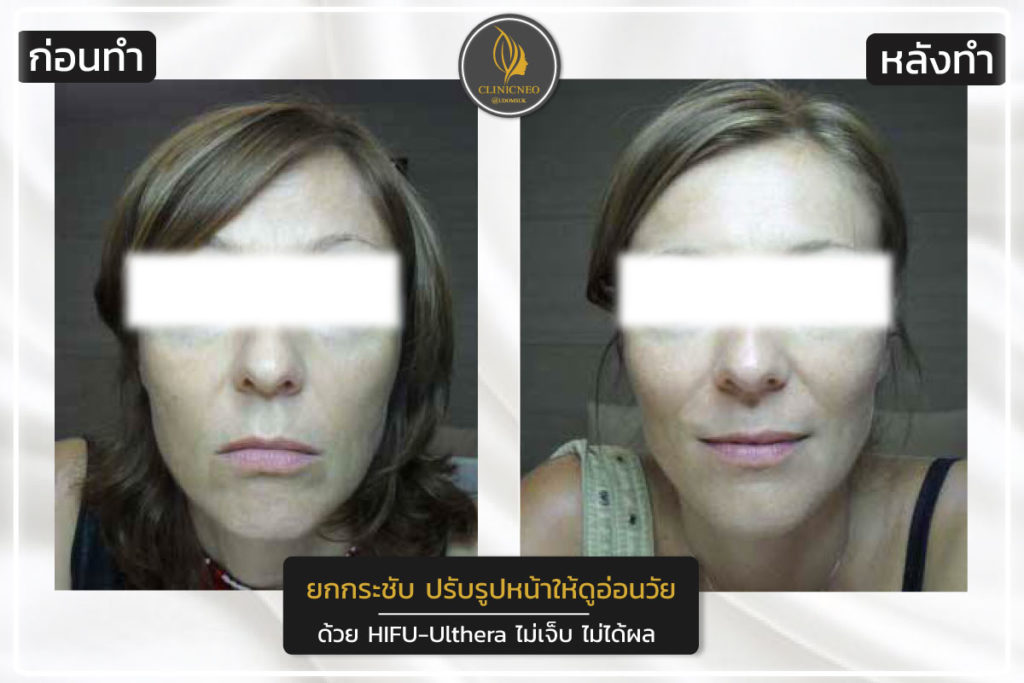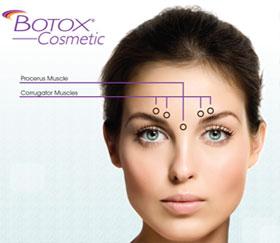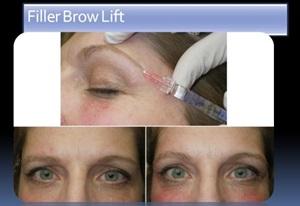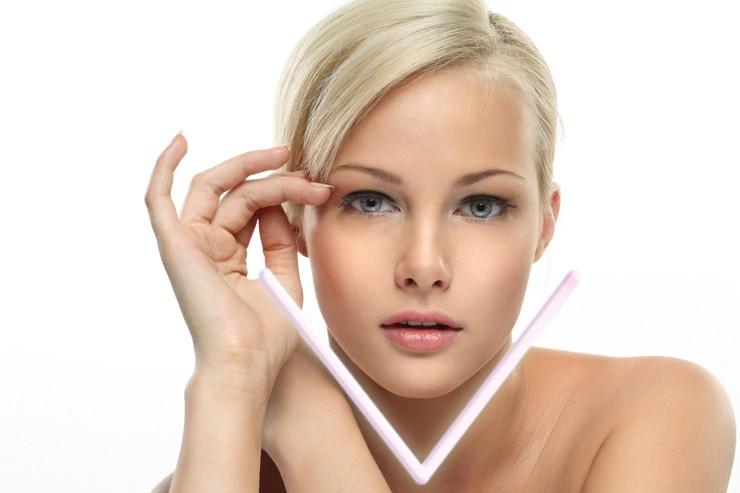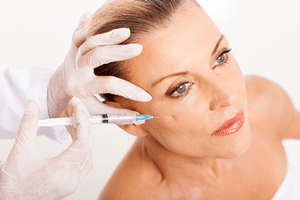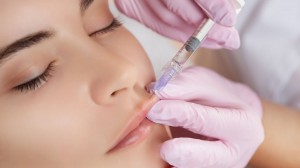

Lip Augementation
Lip augmentation using fillers is increasingly more common and is one of the most sought after filler treatments. With celebrity endorsement and many media fuelled horror stories, it is paramount that aesthetic practitioners develop their skill and knowledge in this procedure
The Perfect Lip
Lips are the central hallmark of the lower face and when they are full and well-defined, they impart youth, health, attractiveness and sexuality. Wider, fuller curved lips with a high vermilion and a short upper white lip are all signs of female attractiveness . One of our greatest challenges is to achieve natural results after lip augmentation
Treatment Strategy
– Lip augmentation consists of the reshaping and/or enlargement of the visible portion of the lip, the vermilion. Alteration of the shape of the Cupid’s bow and of the relationship between the vermilion and the skin underlying the nasal columella also falls within the category of lip augmentation.
It is also important to consider the relationship between lip height and incisor shown in the anatomic analysis, to evaluate possible maxillary hypoplasia and protrusion, and to consider the patient’s occlusion status.
Assessment and technique
To achieve natural results it’s important to understand patient’s anatomy, and just as important to assess the lips before , so as to be able to appreciate what is and isn’t possible.
Fashion Styles of Lip fillers
1. Caucasian Style : like Kylie Jenner,Kim-Kardashian,Angellina Jolie,Julia Robers,Scarlett Johansan . The characteristic types are full lips or Heavy lower lip .

Caucasian Style 
Caucasian Style
2. Asian Style like Jeon Ji Hyun,Kim Tae Hee,Yoon Eun Hye ,Lee Ji Eun(IU), Song Hye Kyo .The characteristic types Heavy lower lip,Bow Shaped lips ,Wide lips
How much face and lip fillers cost
– The cost of dermal fillers is 15,000-20,000 bahts /CC of Restylane of Juvederm , depending on things like the type of product and number of syringes used, and the complexity of the area being treated
Side effects are typically mild and include temporary bruising, swelling or redness at the injection site. Serious complications are extremely rare when treatment is performed by a qualified provide
How long last for lip fillers? Hyaluronic acid fillers, such as Juvéderm and Restylane products, are a popular non-surgical option, offering temporary lip enhancement at an affordable cost. When administered by an experienced provider. Lip filler can last 8 to 12 months d and achieve soft, natural-looking results. Depending on the product, fillers can boost lip volume, enhance lip shape, and smooth vertical lip lines (peri-oral rhytids).
Benefits of dermal lip fillers
– A skilled cosmetic dermatologist can adjust the amount of filler used to achieve results with precision
– Little to no downtime is needed
– Improvements are usually noticeable immediately after treatment
– Results are final within 2 weeks
– Side effects are typically mild and include temporary bruising, swelling or redness at the injection site. Serious complications are extremely rare when treatment is performed by a qualified provider
Considerations
- Treatments must be repeated periodically to maintain results
- Beautiful, natural results require a provider with immense skill and experience
- The affected area may be a bit red, sore and swollen. Any swelling or bruising should settle down in a few days.
- This includes not wearing make-up immediately after the procedure and avoiding alcohol, coffee and the sun.








